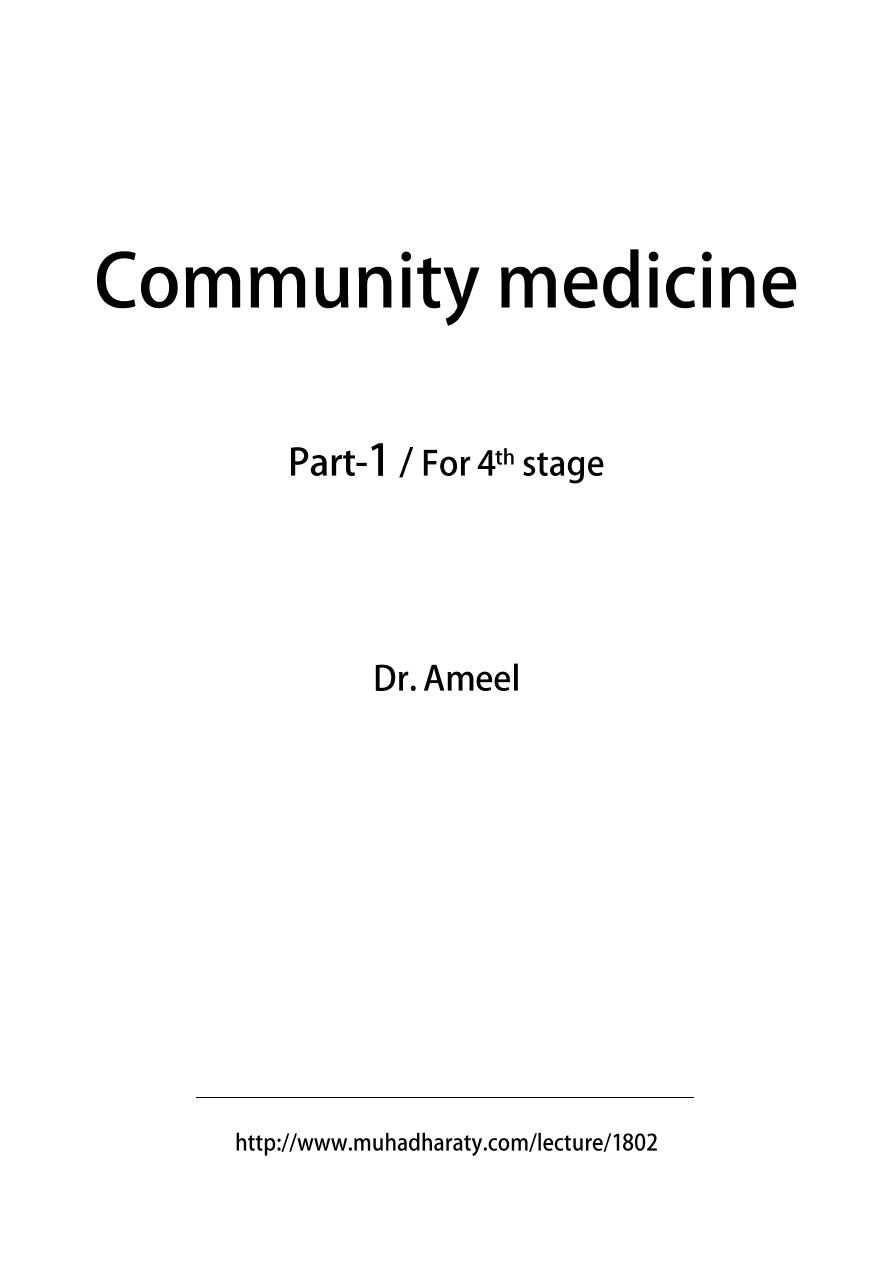
1
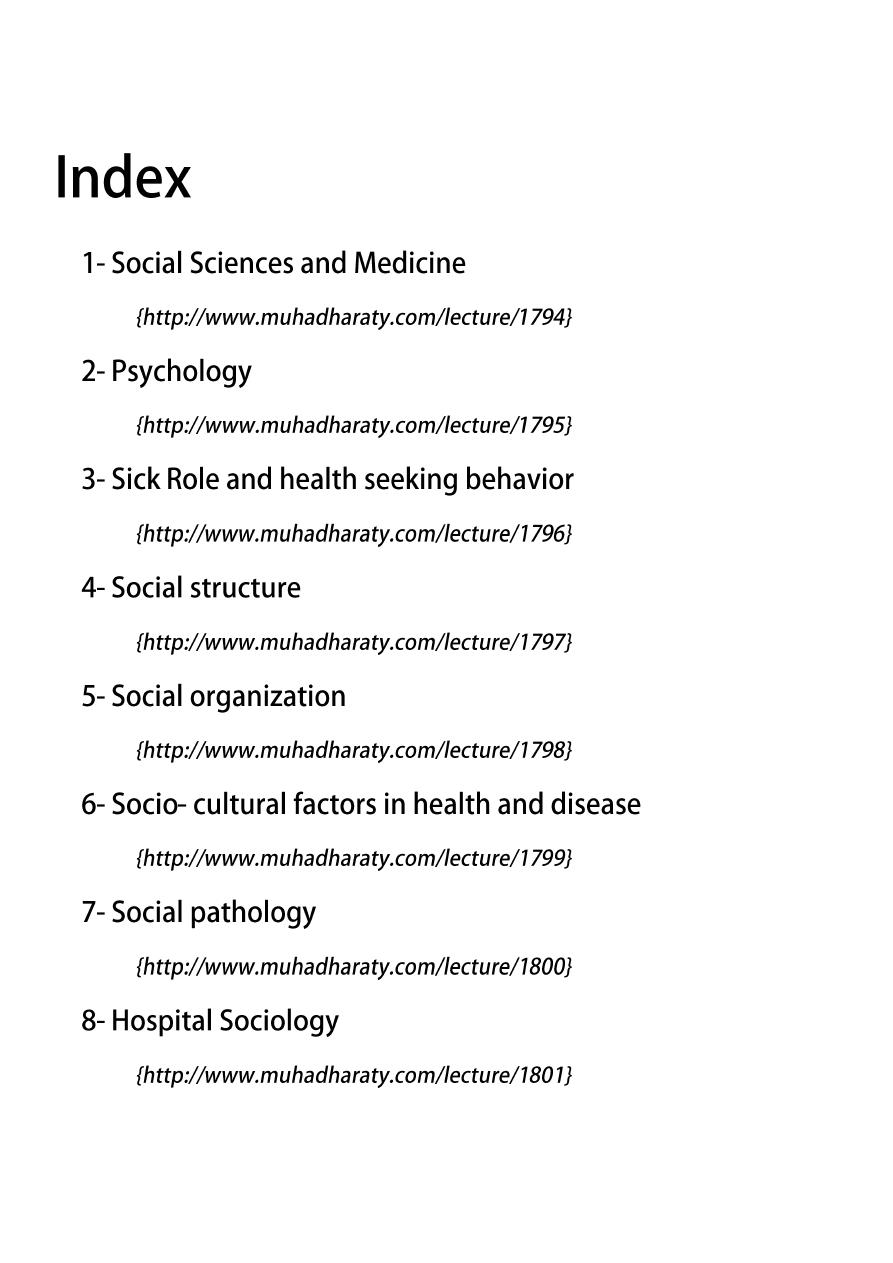
2
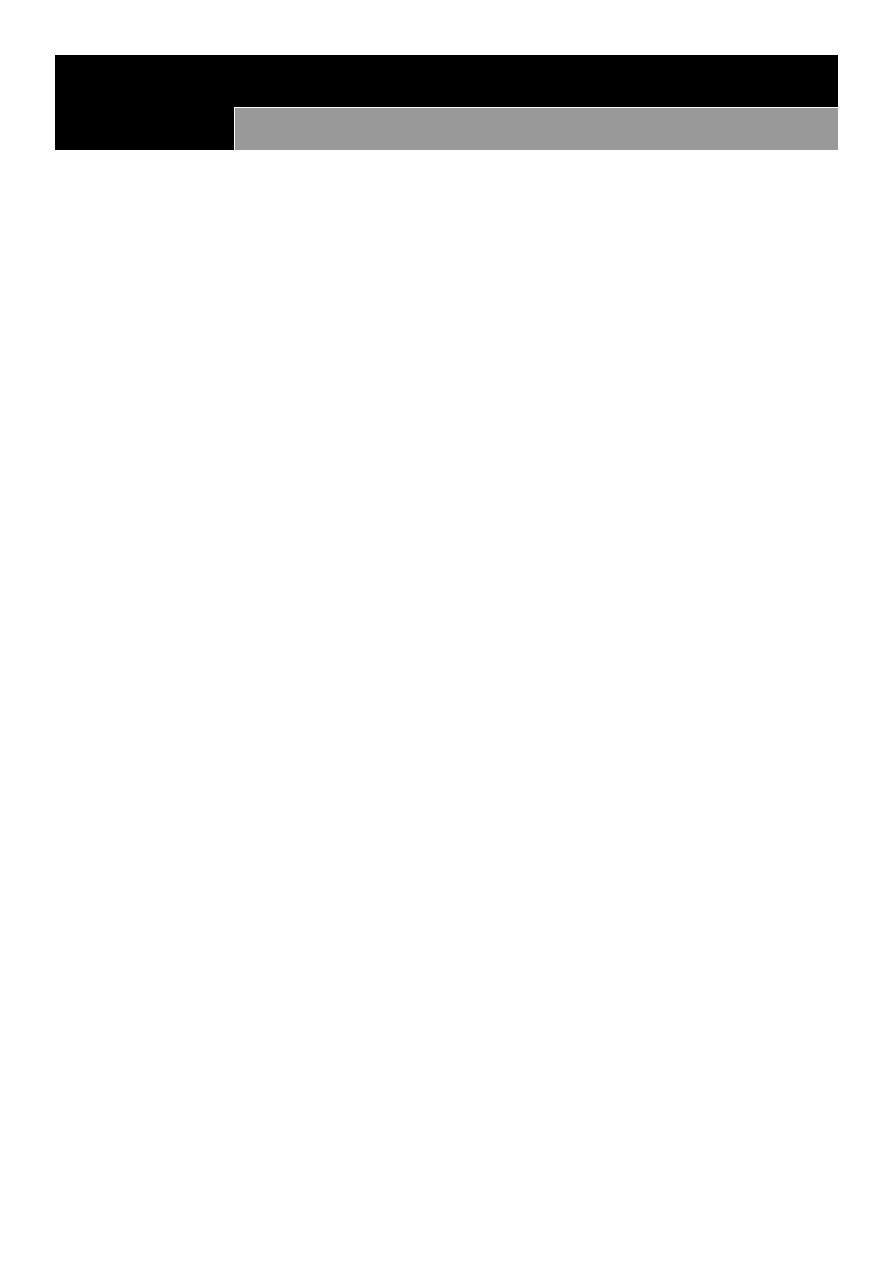
3
Lec:1
Community medicine
Social Sciences and Medicine
Social Sciences and Medicine:
Health cannot be isolated from its social context. Social and economic factors have as much
influence on health as medical intervention. All these factors have a direct bearing on the
incidence, prevalence, course and outcome of a wide variety of communicable and non-
communicable diseases as well as on many other health problems found in the world
today.
Examples of that, poverty, malnutrition, poor sanitation, lack of education, inadequate
housing, unemployment, poor working conditions, bad cultural and behavioral factors all
predisposes to ill health.
The patient is no longer considered as one who is under strict laboratory control ( i.e. not a
lab animal or a case) but, an individual with personal characteristics, erratic habits, customs
and beliefs all are reacting on his body and mind.
*Good doctors are being identified as those who treat people, and bad doctors as those
who treat cases.
Classification of Social Sciences:
1. Behavioral Sciences:
- Psychology.
- Social Psychology.
- Social Anthropology.
- Sociology ( one of its specialty is medical sociology).
2. Demography.
3. Economics.
4. Political Sciences.
Sociology: the scientific study of human society through investigations of social behaviors
and relationships of man. It deals with the study of human relationships and of human
behaviors for a better understanding of the pattern of human life. It is also deals with the
effects on the individuals of the way in which other individuals think and act.
Medical sociology: science that concerned with implications of sociology for the problems
of health and disease in the society. It is part of community medicine and is essentially a
practical discipline.
Historical review:
The first awareness of the effects of social and economic factors on disease process was in
1930s, and the first institute of social medicine was established in 1943 in U.K. Now medical
sociology is taught in every medical schools all over the world
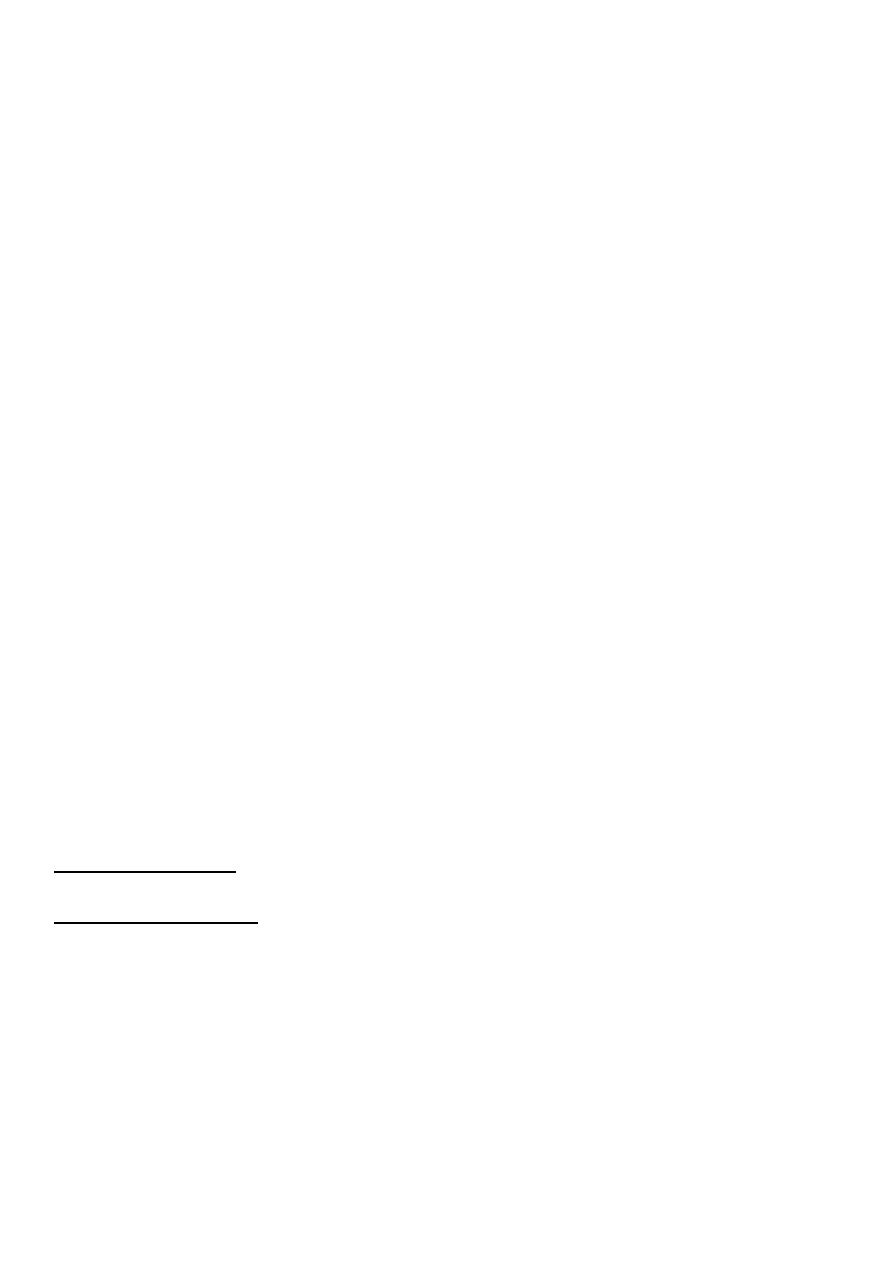
4
Definition of terms:
Society: an organization of member agents. It is a system of social relationship between
individuals.
Community: The people living in a particular place or region and usually linked by common
interests. So it is a social group determined by geographical boundaries and or common
values of interests .
Social Structure: the patterns of inter-relations between individuals. It is a complex of
major institutions, groups, power structure and status hierarchy.
Social Structure → anatomy
Social Organization → physiology
Social Institutions: A social institution is an organized complex pattern of behavior in which
a no. of persons participate in order to further group interest. The family, the school, the
club, the hospital and professional associations are all social institutions and within each
institution, the rights and duties of the members are defined.
Socialism: Any economic doctrine that favors the use of property and resources of the
country for the public welfare. It is a system of production and distribution based on social
ownership for raising the living standard of the working class ( motto here is "all for all" and
"each for all").
This opposite to Capitalism, which is based on private ownership of the means of the
production and aims at maximum private profit at the expense of the working class (
motto here " all for each" and "each for each").
Socialization: The process by which an individual gradually acquires culture ( beliefs,
customs, traditions and prejudices) and becomes a member of a social group. It includes 2
parts:
Primary socialization: When a child first grow and be a member of his family, some of these
beliefs and customs may be dangerous to his health as smoking , and hysteria.
Secondary socialization: A process which operates through a person whole life i.e. when
being a member of a new group or society as being a doctor.
* Since the primary socialization is started in the family, so it could be the first step in the
solution of every personal problem.
Norms of Society: the standard of behavior expected from a person by their social group.
Deviance: departure from accepted behaviors and it includes any thing from bad table
manner to murder.
Social Control Mechanism: In every society, there are rules, formal ( laws of enactment and
parliament) and informal for maintenance of relationships of authority and subordination.
Authority: is the power of influence which some people have over the others which is
generally accepted. It is of different types as
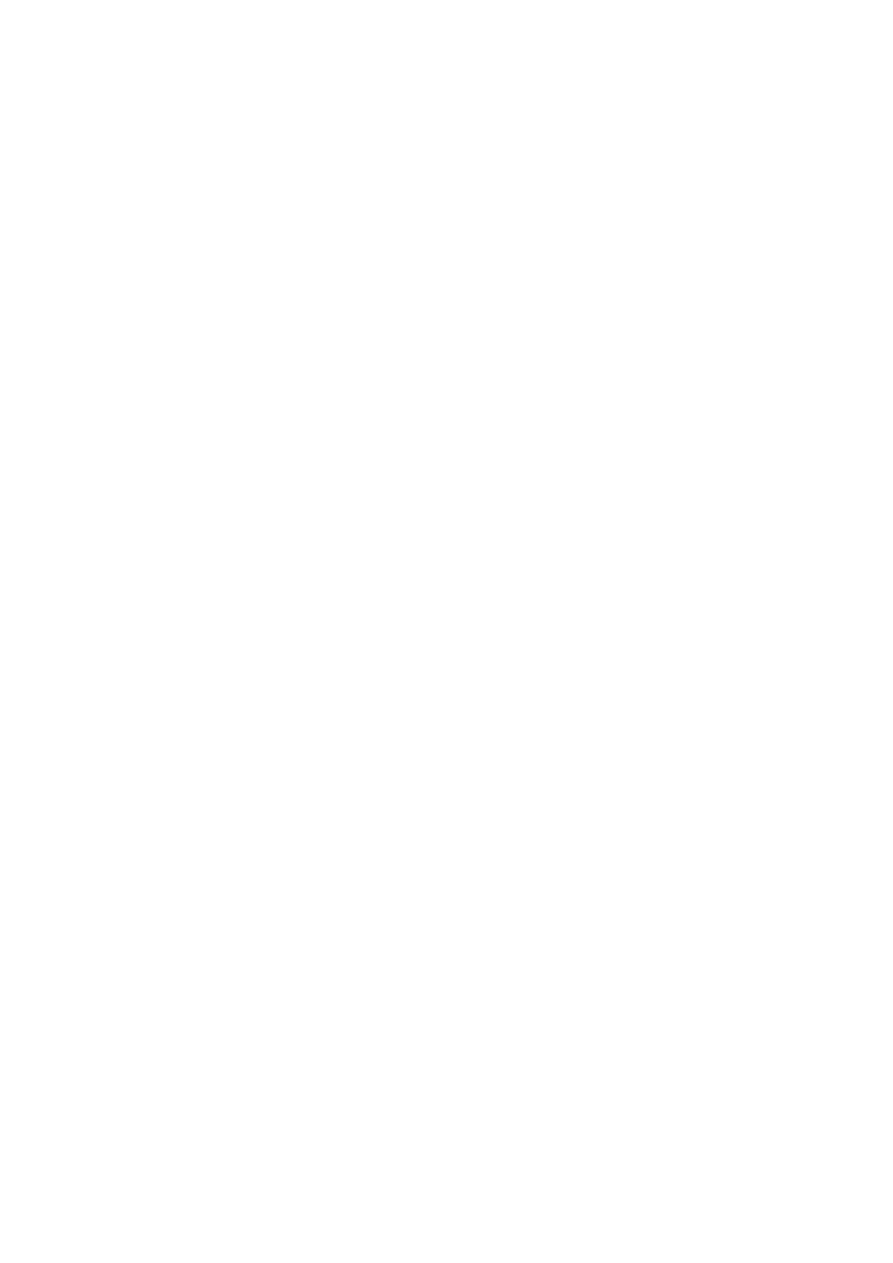
5
Traditional authority ( e.g. the father in the family).
Bureaucratic authority ( e.g. the dean of college ).
Charismatic authority ( e.g. the religious leader).
Professional authority ( e.g. the senior in a hospital).
Culture: learned behavior which has been socially acquired and it is the product of human
society and man largely is the product of his cultural environment . It is transmitted from
one generation to another through learning process, formal and informal.
Definition of Culture: the organization of shared experience which determine our patterns
of thinking and feeling, it is socially learned, shared and reinforced. It guide our daily
behavior ( we recognize the situation and behave automatically).
Race: When population differentiated according to certain biological characteristics only.
Ethnics: Cultural aspect of racial groups.
Acculturation: " culture contact" When there is contact between two peoples with
different types of culture, there is diffusion of culture in both sides, it occurs in various
ways:
-Trade and commerce.
-Industrialization.
-Propagation of religion.
-Education.
-Conquest.
Standard of Living: usual scale of our expenditure , the goods we consumed and the
services we enjoy. It includes food, dress, house and in short " mode of living" and it
depends on:
-the level of national income
-the total amount of goods and services a country is able to produce
-the size of population
-the level of education
-general price level
-distribution of national income
Dynamics of Social Change: "Demographic Transition"
Example one: in European countries , after the industrial revolution in nineteenth century,
which lead to increase the income, both death and birth rates declines, and the main cause
of ↓ in mortality was the effect of increase in the income and welfare (not the introduction
of modern medicine).
Example two: In many parts of Asia, in twentieth century, the demographic transition,
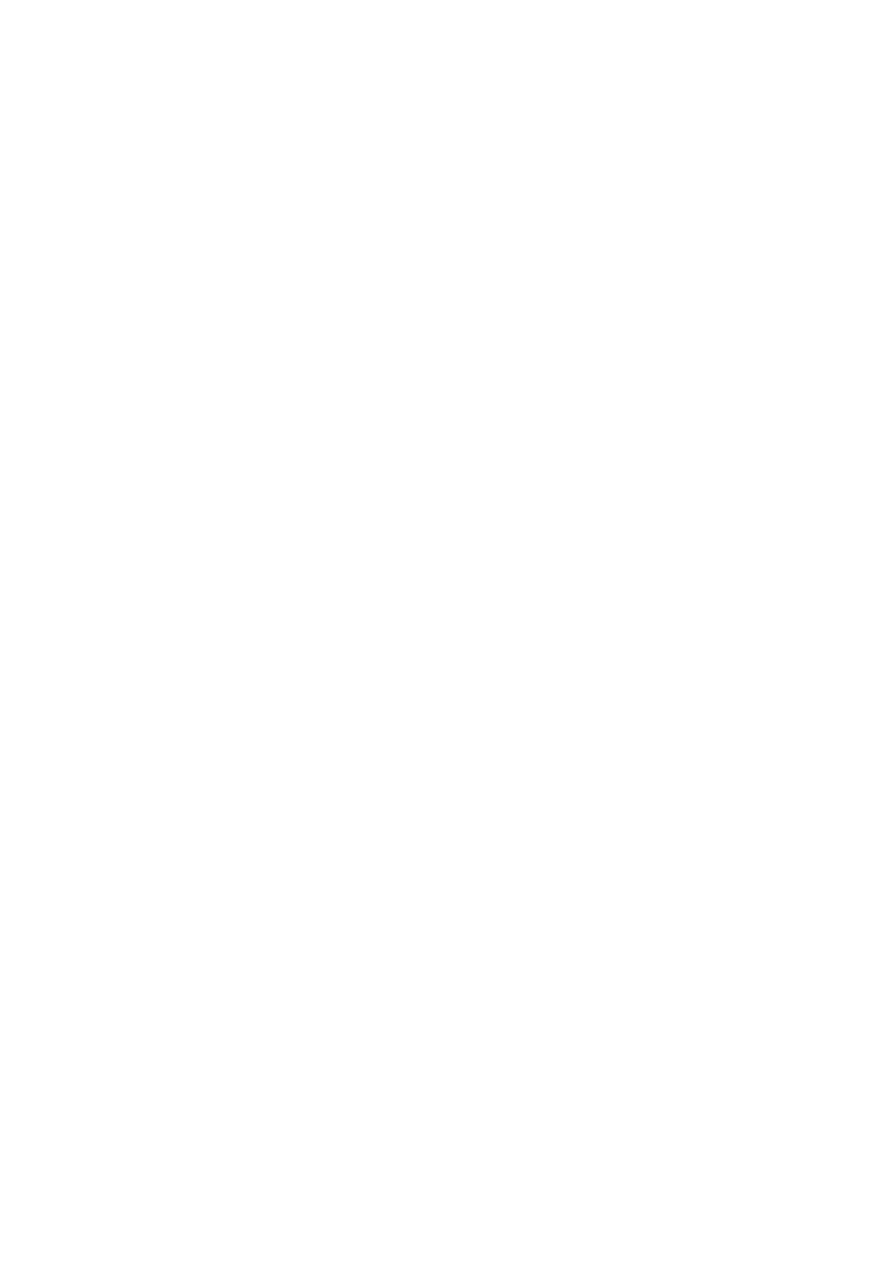
6
include decrease in mortality, and increase in fertility was due to the introduction of
modern medicine (antibiotics and vaccines).
Social Stress: It is a major source of stress, particularly in transitional societies, and it is the
conflicts generated by new opportunities and frustrations arising from societal change and
it includes:
- the wave of migration from rural to urban areas and the consequent diminution in the
traditional family support system.
- a greater exposure through the mass media to ideas that have been previously culturally
alien.
- tourism.
- change in the technological needs.
Social Problems: When an individual problem affecting large no. of population and lead to
threat to welfare and safety of the whole group. Poverty, crime and disease are common
social problems. Many public health problems are social problems and vise versa as
alcoholism, venereal diseases and addiction.
Social Defense: The entire process of preventive, therapeutic and rehabilitative services for
the protection of society from antisocial, criminal and deviant conduct of man and it
includes:
-Prevention and control of juvenile delinquency
-Eradication of beggary
-Social and moral hygiene program
-Welfare of prisoners
-Prison reform
-Elimination of prostitution
-Control of alcoholism, drug addiction, gambling and suicide
Systems of the society and its effect on heath of population:
-Economic system.
-Social system.
-Political system.
-Ideological system.
-Cultural system.
-Educational system.
-Health system.
-Army system.
-Religious system.
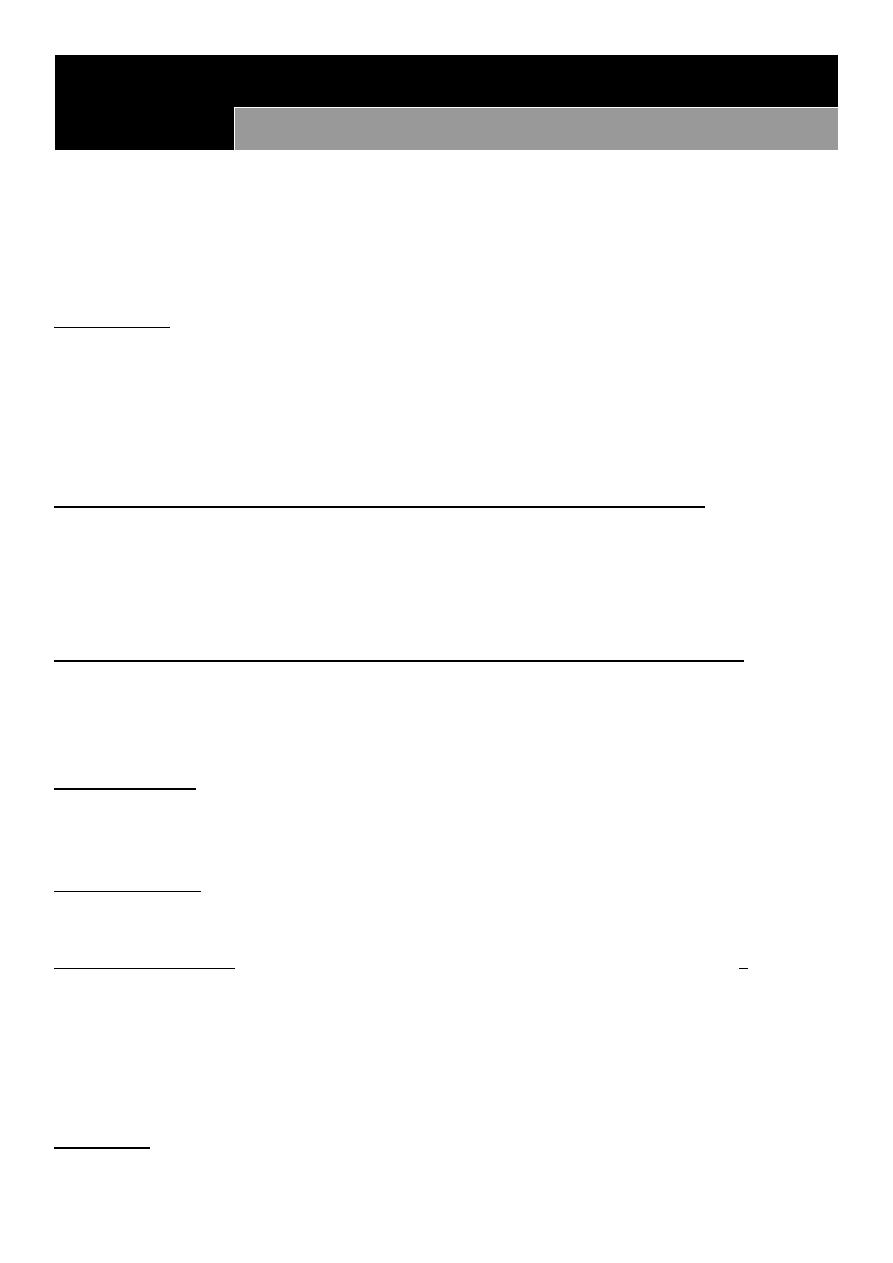
7
Lec:2
Community medicine
Psychology
Definition of psychology: " The study of human behavior- of how people behave and why
they behave in just the way they do".
Scope of Psychology: It is vast in its scope, and includes the following branches:
1. Normal psychology. 2. Abnormal psychology. 3. Educational psychology. 4. Social
psychology. 5. Child psychology. 6. Applied psychology. 7. Psycho- analysis. And others.
Psychiatrists: are persons trained in medicine and psychology.
* So psychology includes every aspects of human life and every type of human relation.
Behavior: " How the human does or acts in certain situation".
It is the results of physical and mental factors ( body and mind) interacting in complicated
ways.
Factors that may affect individual and community health behavior include:
1. Knowledge. 2. Beliefs. 3. Values. 4. Attitudes. 5. Skills.
6. Finance.7. Materials. 8. Time. 9. Influence of family member.
10. Friends.11. Co-workers. 12. Opinion leaders. 13. Even health worker themselves.14.
Community and social context.
Factors that limit the healthy behavior manner in some sections of community:
1. Norms. 2. Male/female roles. 3. Ethnic discrimination.
4. Poverty.5. Unemployment. 6.Educational opportunities.
Health behavior: Refers to those activities people undertake to avoid disease and to detect
asymptomatic infections ( or diseases) through appropriate screening test. e.g. The use of
condoms.
Illness behaviors: " How people react to illness". Generally people wait and symptoms, if
persist, then they tend to ask friend for advice before seeking medical advice.
Treatment behavior: " those activities used to cure diseases and restore health" It is
important that patient should seek medical advice, take drugs as prescribed, and return to
test for cure.
Behaviors in general are responses (results ) for certain causes (stimuli) , the goal of
psychology is to find relations between stimuli and responses.
Responses:
1. Physical responses : as habits, skills.
2. Organic responses: as emotions, feelings and tensions.
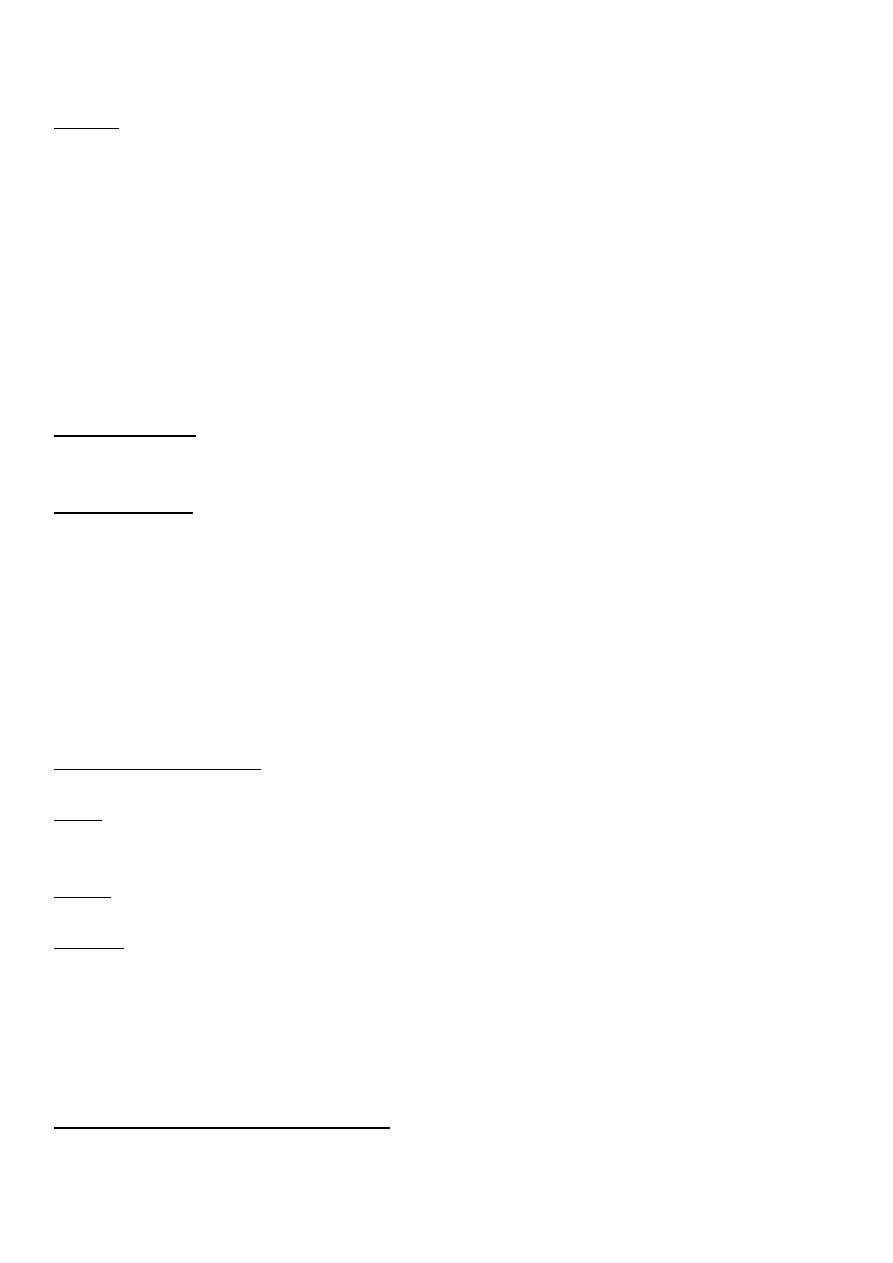
8
3. Intellectual responses: as perceptions, thinking and reasoning.
Causes:
1. Environmental stimuli: as sight , smell and touch.
2. Emotions and feelings: as anger, joy and hunger.
3. Needs: as eat, drink and dress.
4. Motivations: " inner force which drives an individual to a certain action" as success in the
examination, to have a wealth.
5. Intellectual perception: perception, thinking and reasoning are differ from one to one
that is why each individual behaves in ways which make sense to him.
Emotions: " is a strong feeling of the whole organism" and it motivates human behavior. It
is characterized by:
External change: apparent, and easily seen by others as facial expression ( angry, happy etc)
and posture.
Internal change: physiological changes evoked by psychological action ( as ↑ Bp, rapid
pulse, tension and pain) usually transient and subsides when patient return to "normal".
Examples of emotions are: fear, anger, love, hate, jealousy, moodiness, joy, sorrow,
sympathy, pity, lust, and grief.
* The emotions can be a major barrier to communication, once emotional barrier can be
broken between doctor and patient, then good communication level can be established
between them and development of mutual participation in the interview.
* Desirable emotions of doctors are cheerfulness and even temperament, and the
undesirable emotions are moodiness, and getting easily upset.
Some specific emotions:
Fear: is the most common emotion of man, it may produce excitement or depression; flight
to fight as fear of dark and fear of snakes. When fear becomes exaggerated or unnecessary
it is called " phobia".
Anger: It is a reaction of offensive type, and it is a destructive force if it is not controlled
may lead a person to a murder.
Anxiety: may manifest as increase in pulse , breathing , flushing etc, and patients admitted
to hospital are usually anxious, and under tension so doctor must understand patients
anxiety and give him reassurance.
* A kind word from the doctor like a magic and gives the patient considerable relief from
emotional anxiety.
Role of emotions in health and disease:
Emotional states determine human behavior. Anger e.g. can cause a person to be rude and
sarcastic. Disorders of emotion interfere with human efficiency as leading to lack of
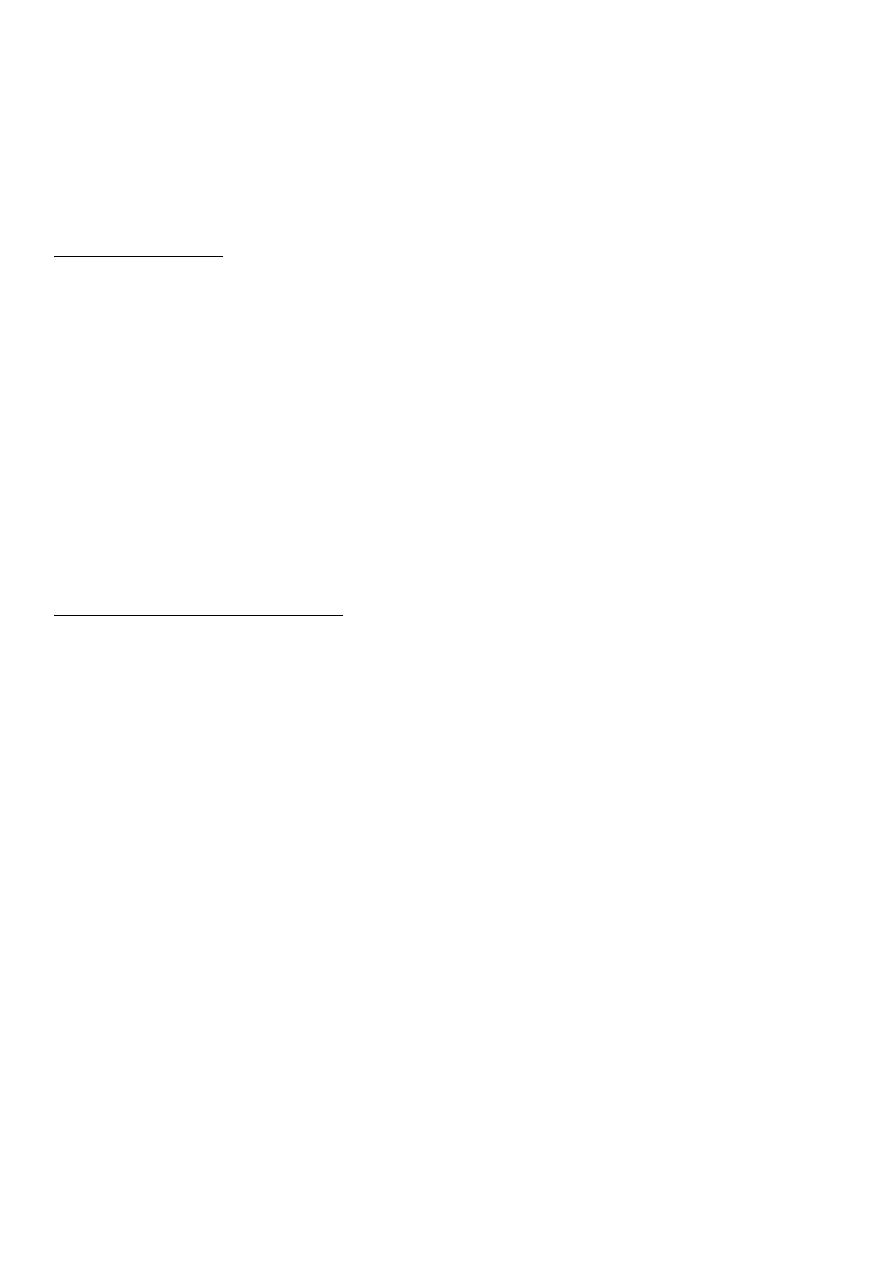
9
concentration, lack of appetite, increased risk of accidents, lack of sleep, palpitation. In
children may appear in form of temper tantrums, abdominal pain, spasms, tics and
antisocial behavior such as aggressiveness.
* There are a group of diseases known as " Psychological related diseases" (mind acting on
body) as essential hypertension, peptic ulcer, asthma, ulcerative colitis which are attributed
to disturbed emotional states.
Control of emotion: A well adjusted and mentally healthy person is one who is able to keep
his emotions under control. The following tips may help in controlling one's emotions:
1. Cultivate hobbies, good habits of reading and recreations.
2. Adopt a philosophy for life in order to adopt mental conflicts.
3. Try to understand your own limitations.
4. Develop a sense of humor.
Motivation: " Inner force which drives an individual into certain action". It also determines
human behavior. May be positive " the carrot" or negative " the stick" and with out
motivation behavioral changes can not be expected to take place. A motivated person acts
willingly and knowingly. Motivations, needs, wants, and desires all are interrelated terms.
Kinds of human needs and urges:
1. Biological needs: these are survival needs, as eating to survive, drinking , sleeping etc.
2. Social needs: need for company , love, affection, recognition ,education etc.
3. Economic needs: Security from want.
4. Ego-interactive needs: desire for prestige and desire for respect.
* motivation is very important in community health work as e.g. motivate new couple for
small family in family planning management.
Incentives: are among factors that stimulate motivation and encourage certain behaviors.
Incentives can be intrinsic or extrinsic, material or psychological, self determined or
selected by others.
Legislation: Can serve as an important tool to support, promote and sustain activities at the
community level. Laws should satisfy requirements , and at the same time be compatible
with the political , cultural , social , and economic situation of the country. This is essential
because laws may antagonize the population and make the community uncooperative.
Observation: Involves two mental activities, perception and attention, it is very important
in health and life, by which gravitation was discovered by Newton, and effect of penicillin
was established. It is defined as a psychological skill consists of the noting of phenomena of
life as they occur and it requires a correct use of the sense mechanism.
* A doctor should cultivate the habit of correct observation, because correct observation
leads to correct thinking ,reasoning and thinking.
Attention = To observe more carefully.
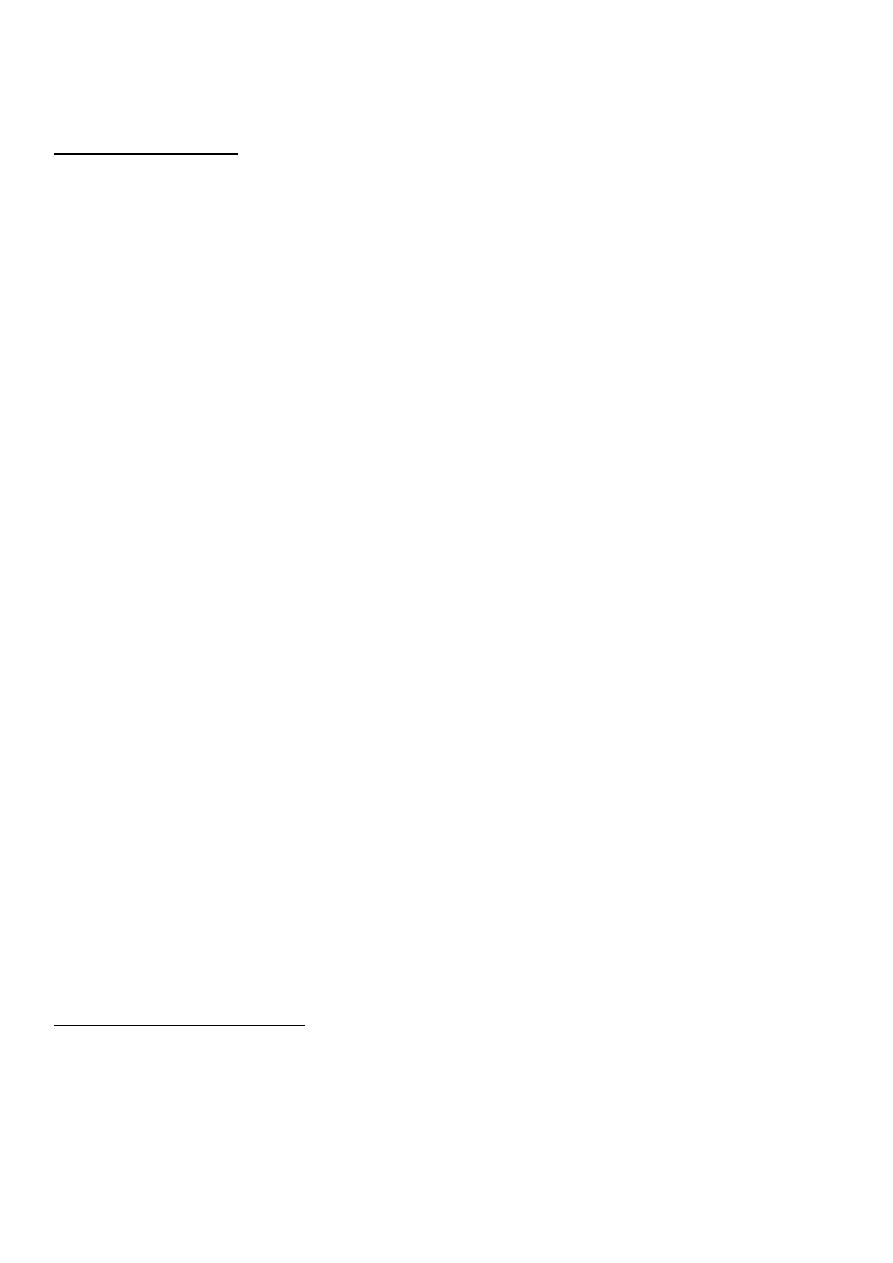
11
Concentration = the focusing of consciousness on a particular object to the exclusion of all
other objects, also it is = sustained attention.
Errors in perceptions:
Perception implies observation , recognition and discrimination. It is of auditory, visual,
olfactory and muscular types. The errors in perceptions include the following:
1. Imperceptions: Inability to recognize, e.g. in anesthesia.
2. Illusion: False perception, e.g. a rope for a snake , occurs in mental diseases.
3. Hallucination: Imaginary perception as e.g. seeing objects not present , also occurs in
mental diseases.
4. Wrong perception: recognize the situation in incorrect manner.
Attitudes: They are more or less permanent ways of behaving and it is acquired
characteristics of an individual.
It includes 3 points:
- A cognitive or knowledge element.
- An affective or feeling element.
- A tendency to action.
Attitudes are not learnt from a text-book, but they are acquired by social interaction. E.g.
attitudes towards certain persons, government policies.
It has truly said that attitudes are caught rather than taught.
Once attitudes are formed , they are very difficult to be changed.
Opinions: are views held by people on a point of dispute , they are based on evidence
available at that time, they are also temporary and provisional. And it is easy to change
ones, opinion when faced with facts.
Beliefs: are permanent, stable and almost unchanging, ideas about a subject of concern.
Learning: it is defined as " any relative permanent change in behaviors that occurs as result
of practice or experience". It means acquiring something new to us as new knowledge,
skills, fears and experiences.
Learning is necessary for man's survival and for human progress, it depends upon
intelligence, needs, and motivations and it is also at 2 levels conscious and unconscious and
finally it is a continuous process.
Conditions affecting learning:
1. Intelligence ( mental faculty, hereditary and nutrition).
2. The age: The curve of learning reaches its peak at age of 22-25 years and there is a sharp
decline after the age of 30.
3. Learning situations: and also facilities.
4. Motivations.
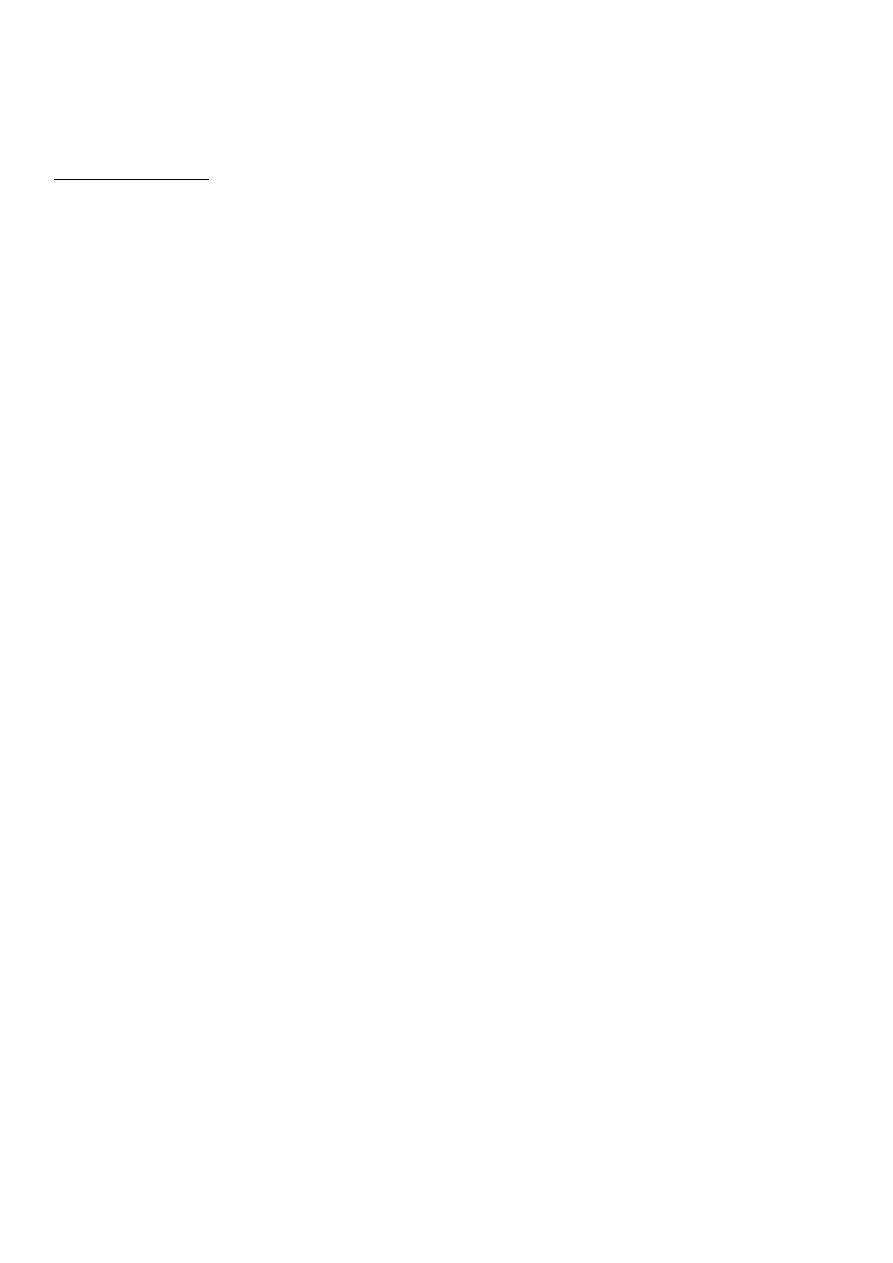
11
5. Physical handicapped.
6. Mental health.
Types of learning:
1. Cognitive learning ( knowledge).
2. Affective learning ( attitudes).
3. Psychomotor learning ( skills).
Theories of learning:
1. Learning by conditioned reflex.
2. Learning by trials and errors.
3. Learning by observation and imitation.
4. Learning by doing.
5. Learning by remembering.
6. Learning by insight( as doctor making a diagnosis).
* Learning is measured by students performances, this is best done by assessing three
important level as knowledge, attitudes and skills. And the best type of examination is the
Objective Structured Clinical Examination which is also called OSCE.
Habits: " Habit is an accustomed way of doing things" with three characteristics:
1. They are acquired through repetition.
2. They are automatic.
3. They can performed only under the same circumstances.
* Habits once performed persist and influence human behavior, but can be changed, and
they are accumulated through generations and emerge as customs.
Habits includes two types, good ( healthy habits as brushing teeth) and bad ( unhealthy as
smoking).
Therefore cultivation of good ( healthy) habits is desirable and the principles involved in
habit formation are ( Primordial prevention level):
1. Should begins early in childhood before formation of unwanted habits.
2. Should use frequent repetition model.
3. Should take time to be formed , not overnight.
4. Should be a strong emotional stimuli.
5. Good habits kills bad habits, the best way to wash the bad habit is by cultivating good's
one.
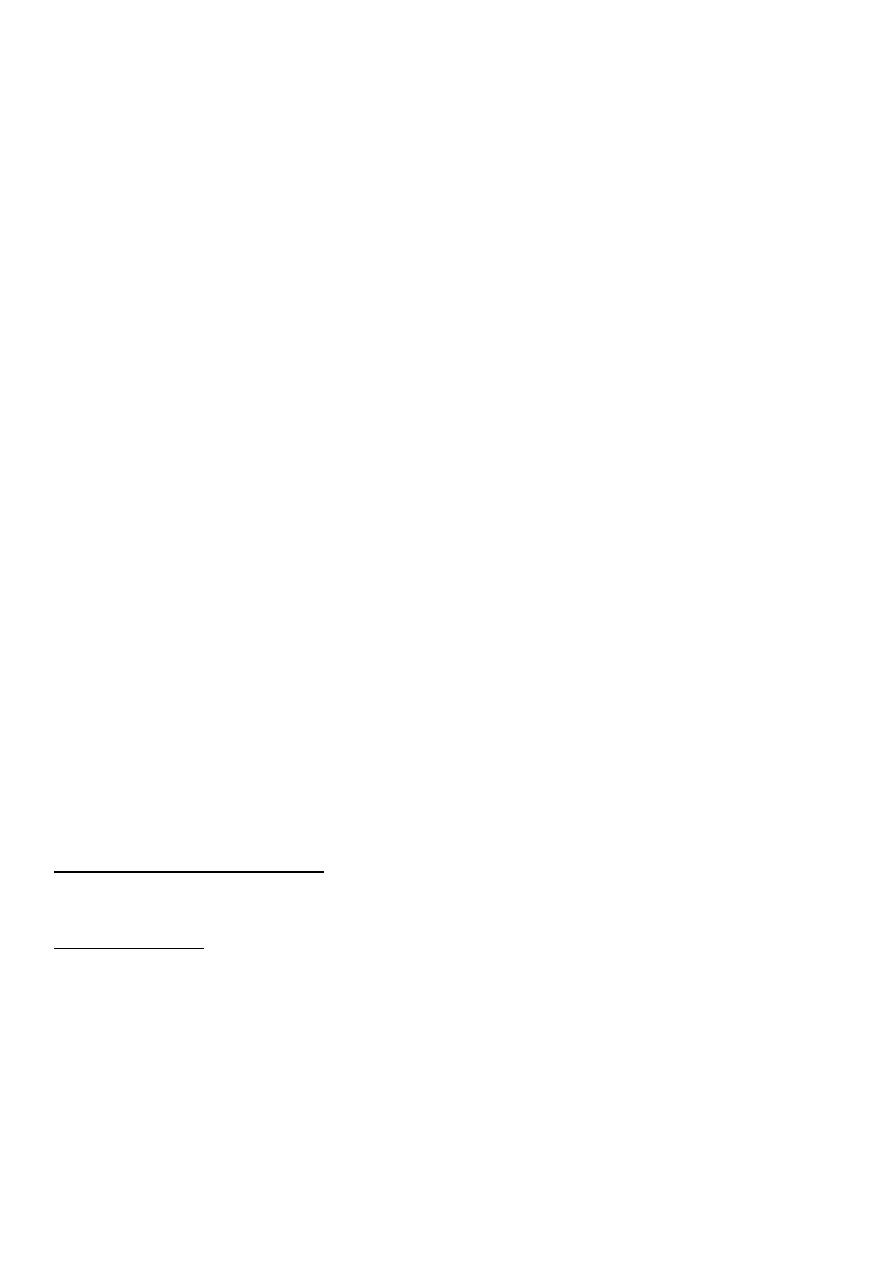
12
* Habits build up human personality, and man should not become a slave to his habits, he
should remain a master.
Frustrations: When people are unable to meet their needs and desires they feel frustrated.
The source of frustration may be external as unemployment, or internal as low I.Q.
* Frustrations may enhances the person to work hardly in order to overcome the failure, or
may lead a person to change his goals, or if continue may damage the person's personality.
Conflicts: Like a tug of war between 2 or more options of actions or ideas. The person is
required to take decision, often leading to painful emotions as choosing the life partner, he
has to weigh the pros and cons of the situation, it is important that the conflicts should be
resolved as soon as possible in very short time in order that emotional disturbances will not
developed.
Mental defense mechanisms:
1. Rationalization.
2. Projection.
3. Compensation.
4. Escape mechanism.
5. Displacement.
6. Regression.
* A mentally healthy person, will not use mental defense mechanisms for achieving success
or happiness.
Personality: " certain mental and physical traits which are characteristics of a given
individual. These traits determine to certain degree the person's behaviors and adjustment
to his surroundings.
Components of the personality:
Physical, Emotional , intelligence and behaviors.
Personality traits: A trait is described as tendency to behave in a consistent manner in
variable situations. The human personality is a bundle of traits and the basic personality is
established at age of 6 years.
Some traits we cultivate as good manners, some we conceal as kindliness, others we modify
as sense of humor.
Examples of traits are : cheerfulness, good manners, sportsmanship, honesty, kindliness,
loyalty, reliability, sense of humor, tactfulness and welling to help others.
* The personality Traits we look for in a doctor are kindliness, honesty, patience, tolerance,
perseverance, consciousness, thoroughness, and initiatives. And it is possible to cultivate all
these traits.
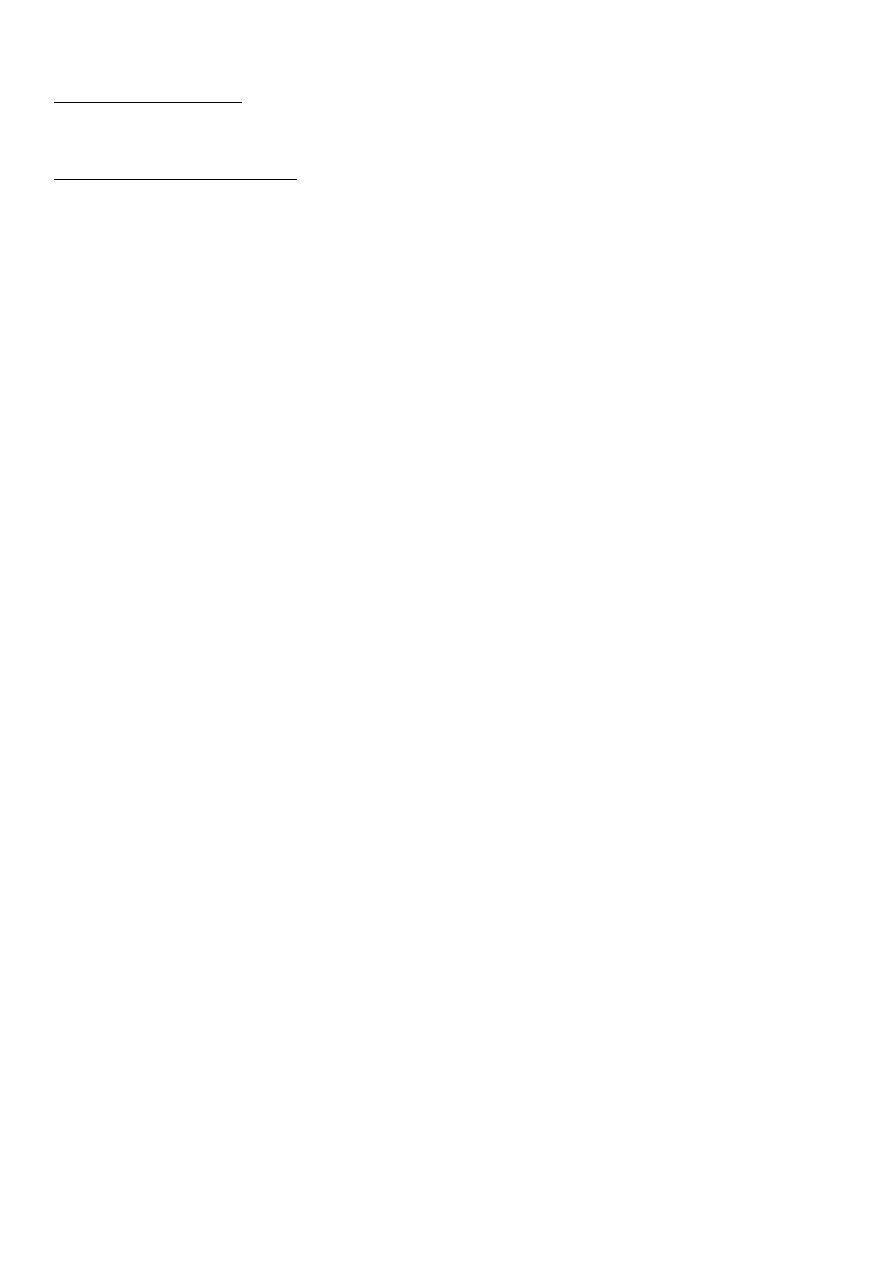
13
The personality types: generally of 2 main types, either extrovert ( A, fire), or introvert (B,
ice).
Development of personality:
1. Infancy. 2. Pre-school child. 3. School age.( The brain of a child reach the size and
competence of an adult one). 4. Adolescence. 5. Adults. 6. Old age.
Thinking: Man is a thinking animal. It includes perception, memory, imagination and
reasoning. The highest form is creative thinking. In facts , the purpose of medical education
is to teach medical students how to think and not merely to memorize facts and figures.
The top level of thinking is problem solving by reasoning which is the job of intelligent
people (the doctors).
Intelligence: " The ability to see meaningful relationships between things". It reflects
hereditary ( more applied) and environmental factors.
Gessel indicated 4 sectors of intellectual development and intelligence:
- Motor ability.
- adoptive behavior.
- Language development.
- Personal – social behavior.
Intelligence Quotient:
IQ = mental age/ chronological age X 100.
0 -24 idiot.
25-49 imbecile.
50- 69 moron.
70-79 border line.
80-89 low normal.
90-109 normal.
110-119 superior.
120-139 very superior.
140 and over near genius.
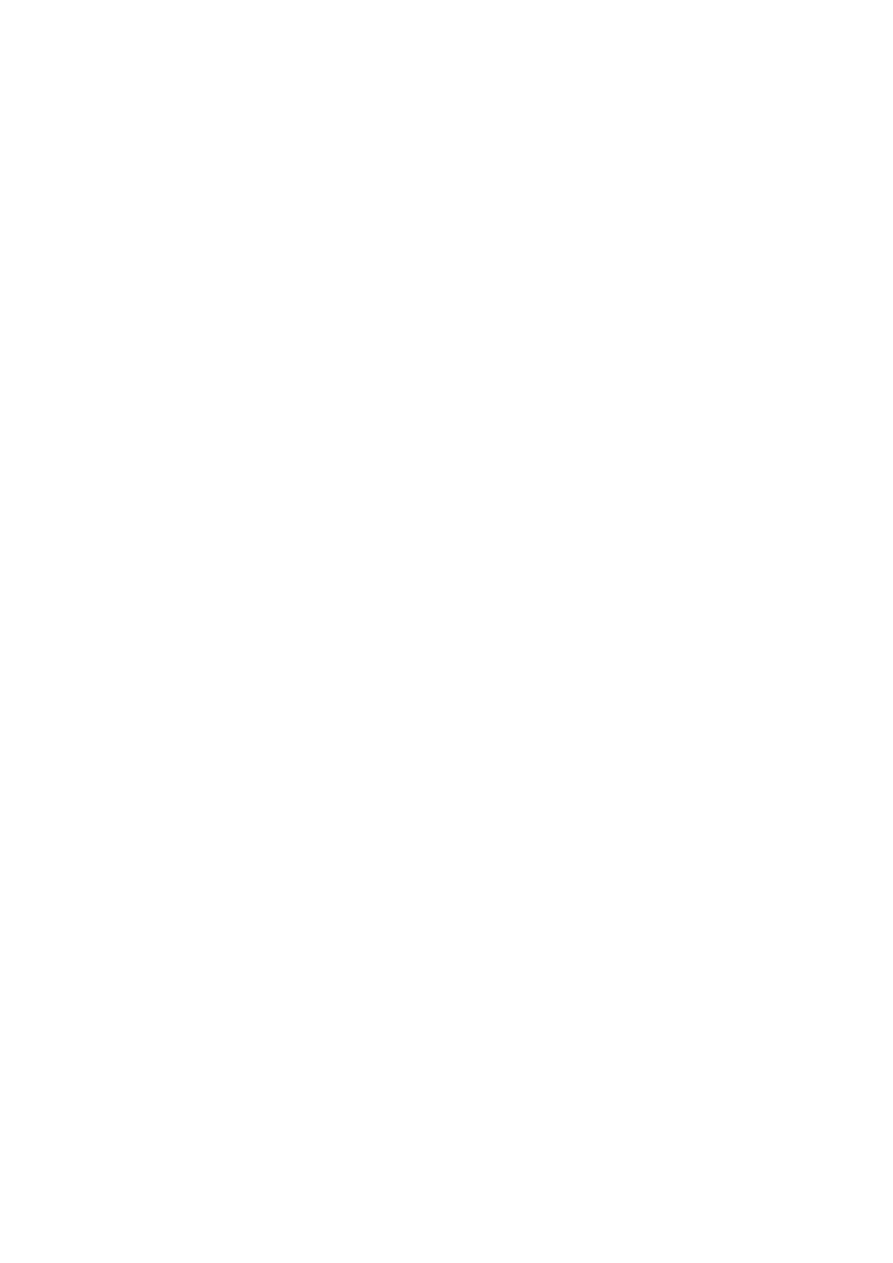
14
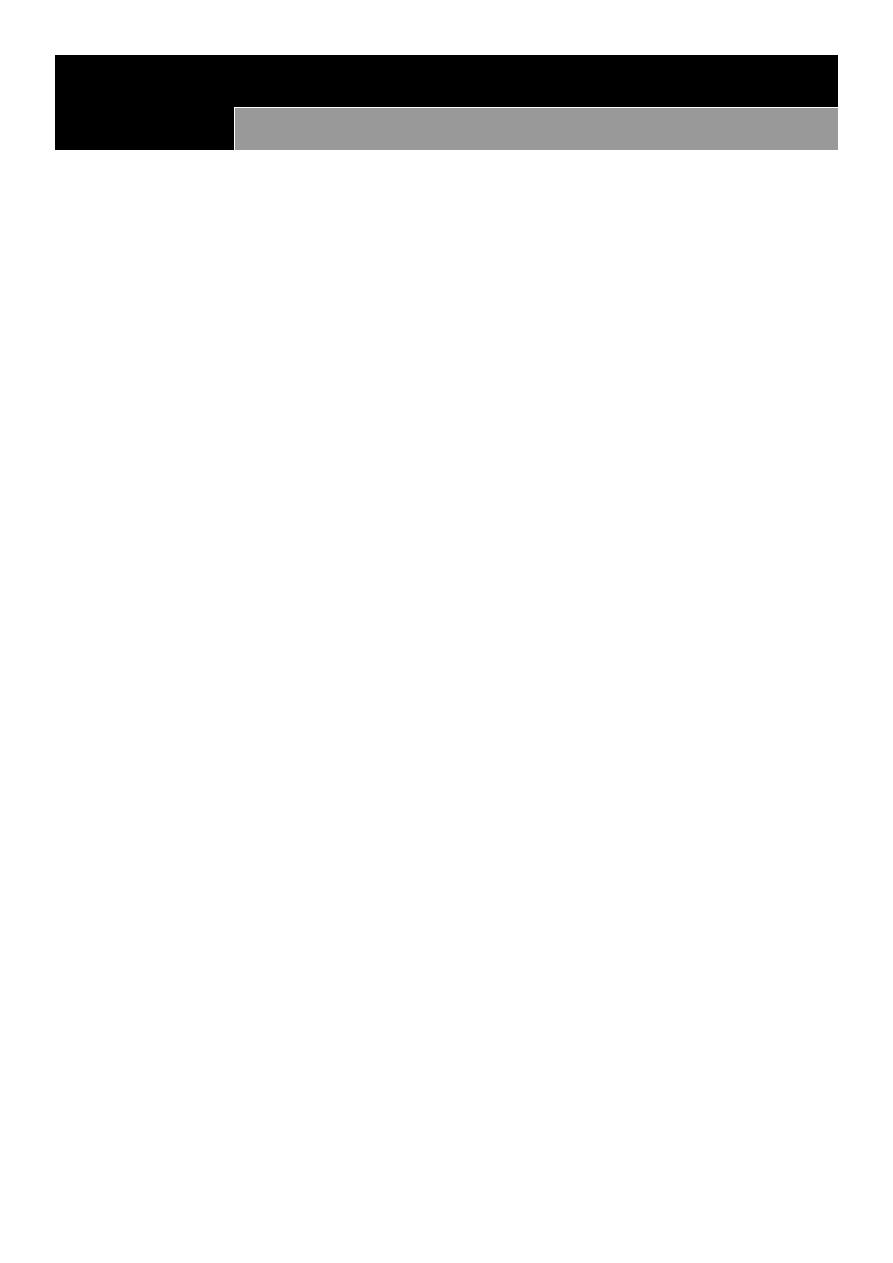
15
Lec:3
Community medicine
Sick Role and health seeking behavior
Health: The absence of disease, or the presence of physical, mental and social well being.
Disease: Defined in terms of objective pathology.
Illness: Subjective experience of symptoms.
Sickness: Expected behaviors of some one who is ill.
* The absence of a disease is not a norm, because at any time, about 3/4 of population
say to have symptoms and only 1/3 of those are seeking professional advice.
Normality: a person position on a normal distribution curve for such measured attributes as
blood pressure.
Abnormality: when a person position out of a normal distribution curve by cut-off point for
such measured attributes as blood pressure.
Qualitative normality: Is socially defined and so it is differ from one to other society as
obesity.
Culture: social legacy, which individual acquires from their group, it is a kind of blue print
for all life's activities, learnt through generation, we are all ethnocentric assuming our own
beliefs right and belief's of other (which conflict with our) is bad and vise versa.
Types of medical belief system:
1. Folk medicine: Experience about illness and treatment is handed down by tradition
amongst non-specialist. ( several modern medical procedure originated from this type of
medicine.
2. Traditional medicine: Highly organized with their own training as azande with doctors in
Africa, who acts as both priests and doctors, so that supernatural is expected to play a part
in both cause and cure.
3. Scientific medicine: Cause and effect depend on the empirical evidence of observation
and experiment.
Reasons for the power of traditional ( folk ) medicine:
1.Short history of modern medicine.
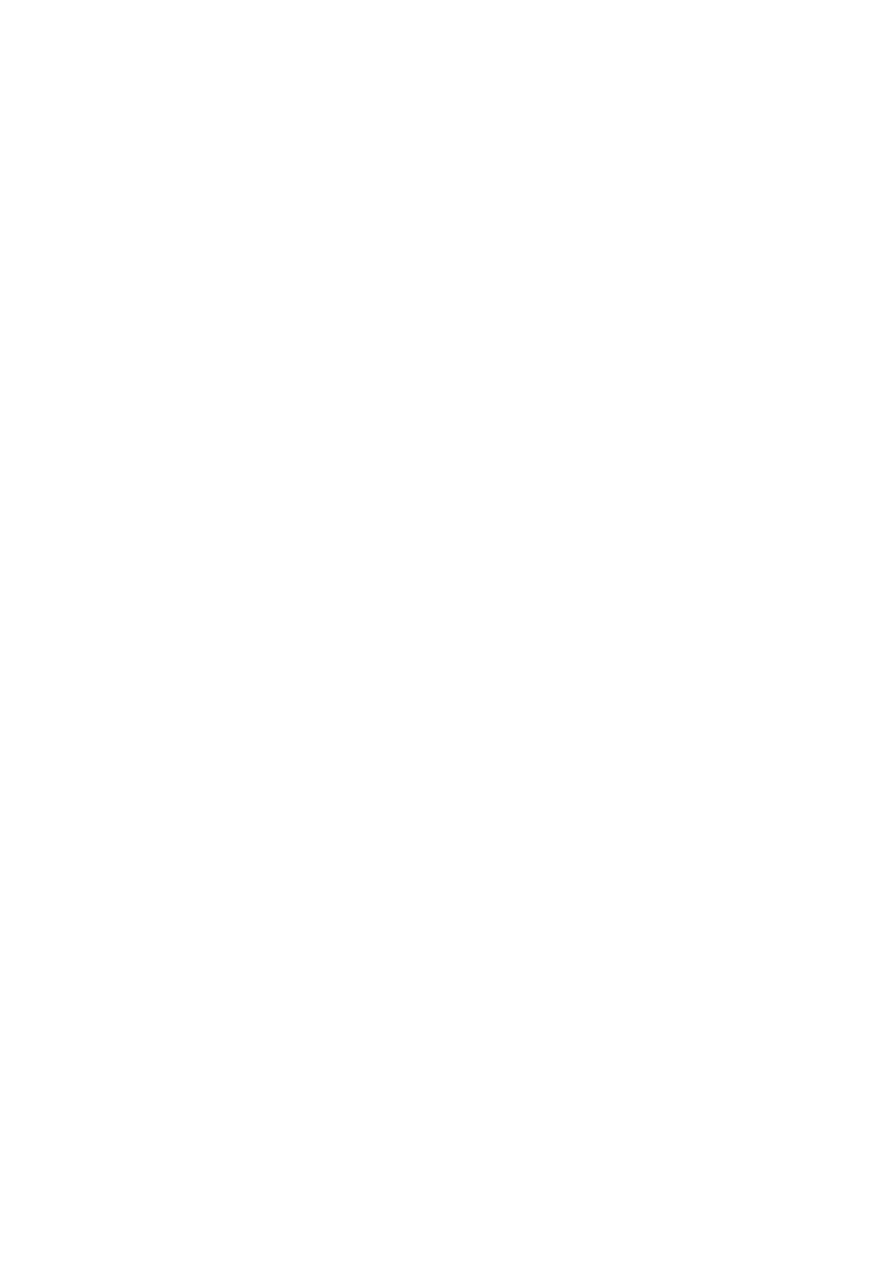
16
2.Restricted fields of modern medicine ( inaccessible).
3.Traditional Dr. stress on interpersonal relationship.
4.Traditional Dr. is trusted.
5.Traditional Dr. shares the patient culture.
6.Many illnesses are either brief and self limiting or chronic and fluctuating.
7.In traditional medicine there are many explanation for failure.
Status: is the position of any one in relation to other person. A person may have different
and several statuses depending on social relationship that are involved.
Types of status:
1.Static ( ascribed): is that status which is given at birth and does not depend on the
individual's own efforts e.g. sex, race and inherited anomalies.
2.Changing ( achieved ): it is that status that an individual gains according to certain efforts
and abilities e.g. medical students are in process of achieving the status of the doctor ( it is
important in motivating behavior).
Both types of statuses often imply rights and obligations.
Role: is the dynamic aspect of status, .i.e. the expected behavior of the person in particular
status.
( the expected behavior in a given social situation)
In the society, individuals have allocated roles as people in drama and the role that an
individual is trying to play becomes part of his personality. In a single day, a man may play a
role of husband, father, employee, friend, son, brother, committee chairman, guest,
neighbor.
These roles in human life might lead to role conflicts and stress and actually role set are
organized automatically within human and in relation to society.
Sick Role:
The expected behavior of someone who is becoming ill at first is to try to minimize the
effect of illness on his environment because he already know that his illness is bias from
normal status and may loose his social roles when becoming ill.
The stages of illness:
Appearance of symptoms: depending on
-Objective aspects of symptoms and
-Socio-cultural variables
Either the symptoms will be:
Unrecognized ( end the event) or
Recognized here depending on
-Degree of sickness
-Socio-cultural variables
-Existence of health services

17
Either he pass to
Passive attitude ( end the event) or
Active attitude here he will go to one of the following:
-Officially established structure or
-Traditionally established structure or
-Home-remedies ( Folk medicine)
Process of Sick Role:
O -Well Role
I -Awareness of symptoms
II - Exploration of social environment
III - Registration of sick role by doctor
IV - End of sick role ( cure, disable or died)
From stage I and II up to III is called the process of requiring the sick role.
From stage III up to IV is called the duration of sick role.
To be ill is more than a medical condition to the patient, the sick person has to behave in
certain prescribed ways ,as he enter to hospital and strips off his clothes , he will also strips
off his customary identity in the world and loss some of his roles in the society. He become
subject to a time schedule and a pattern of activities not of his own making. He become
passive for most parts , he may even become child-like.
Factors influencing sickness behaviors:
1.Culture
2.Social Class
3.Family pattern of behavior
4.Personal judgment of symptoms
5.Interference of symptoms with other needs
6.Personal tolerance to symptoms
7.Personal tendency to seek help
8.Availability of health services
Characteristics of Sick Role:
1.The patient is exempted from normal social responsibilities, this depend on severity of
illness and sometimes he will be given a sickness certificate,
2. The patient is not responsible for his illness and can make claims on other for assistance.
* the upper 2 points are usually given to ill persons.
3. The patient must want to get well because the sick role is regarded as a misfortune.
4. The sick person is obligated to seek medical advice and to cooperate with medical
treatment to get well.
* the last 2 points usually are needed from the patient.
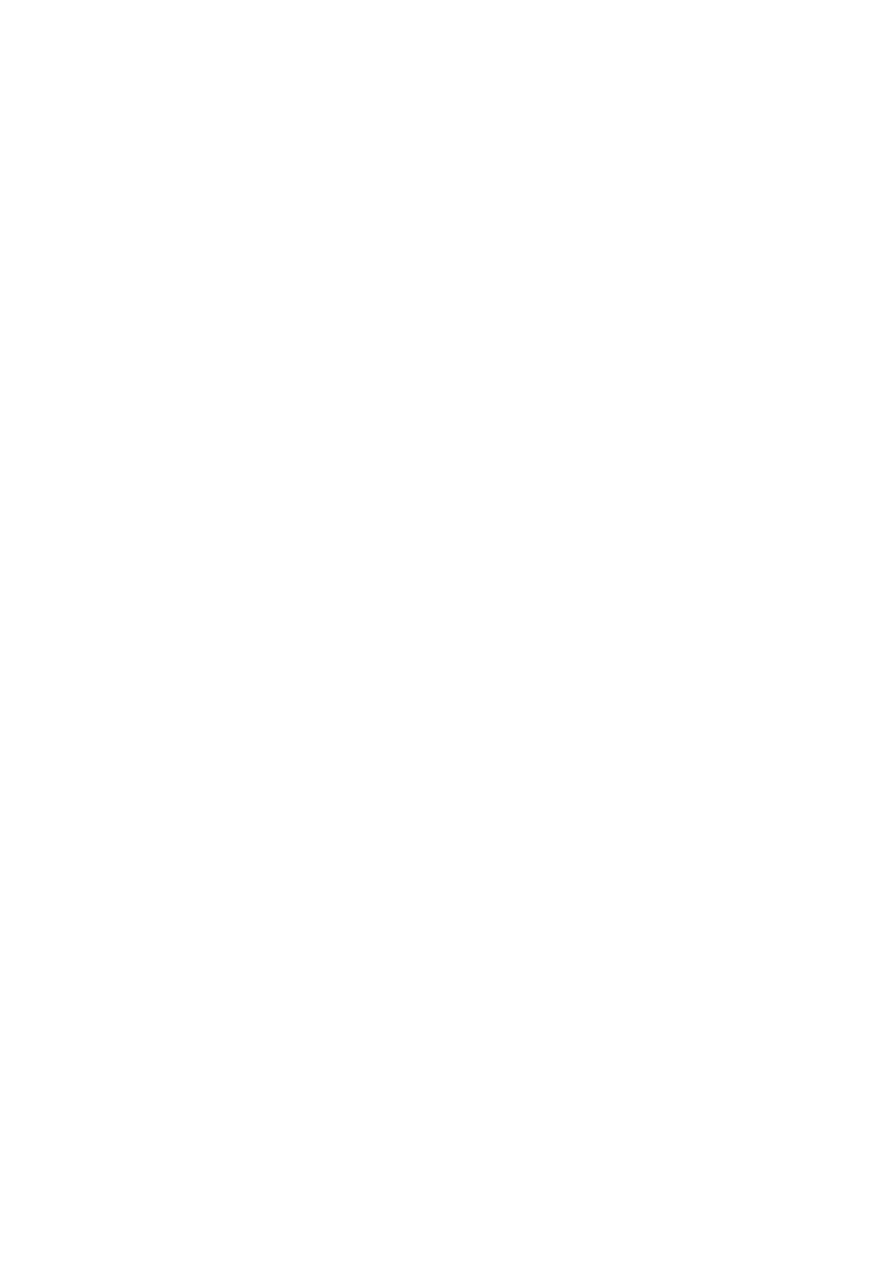
18
Failure to fulfill the 4 aspects of sick role lead to resentment and label the that person who
play a role of sick man as either;
1.Hypochondria tic
2.Hysteric person with conversion
personality
3.malingerer
4.Neurotic
Types of Sick Roles:
1.Temporary sick role: as in all short and acute conditions, but in some primitive and poor
society this is almost always the case because the society can not handle expense of the
sick person so there you may see persons with constant and chronic sever illness as ca. but
carry their normal roles.
2.Chronic Sick Role: as in chronic debilitating illness e.g. Rheumatoid arthritis, but this can
be expanded for mild chronic diseases in certain countries where there is economy to
support un-productive persons.
The Sick Role must be controlled: Because adequate health is necessary for society, and
this can be done in 2 ways:
1.Social level: as altering the definition of illnesses , restriction of sickness certificate that
have been given by a doctor in certain time and in special circumstances as in war.
2.Individual level: When sickness deprive the person from certain enjoyments and special
gains.
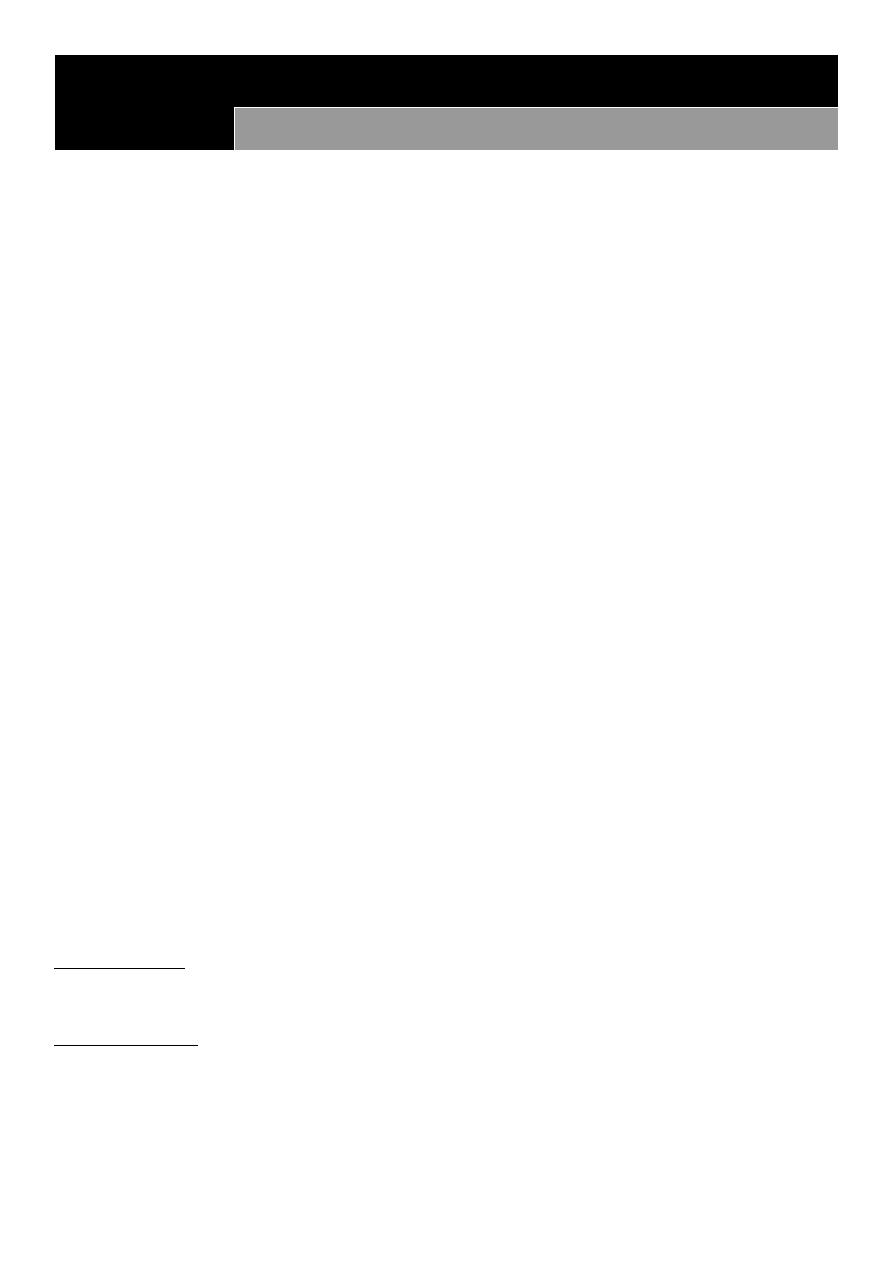
19
Lec:4
Community medicine
Social structure
The Community:
Definition of community: is a network of human relationships. It is a major functioning unit
of society. It is the place where our home is located, children are educated, sick people are
treated and individuals basic needs and desires are met.
* No man is an island, from the time of birth until death, all normal human beings are part
of a group, the family or community.
Characteristics of a community:
1- The community is a contiguous geographical area.
2- It is composed of people living together.
3- People cooperate to satisfy their basic needs.
4- There are common organization e.g. markets, schools etc.
Classification of Social Differentiation:
1- Caste: Some society is mostly based on caste system as India, there are caste and sub
caste. Each cast is governed by certain rules and regulations relating to food, drink,
marriage, social factors and rituals. Caste follows a definite occupation.
2- Income and purchasing power: On the basis of income, people have been grouped into
classes as upper, middle and lower classes. People in the upper class enjoy better standards
of life.
3- Occupation: people are grouped according to their jobs, but generally it is not
satisfactory differentiation.
4- Residence: as rural and urban societies.
1.Rural society: The villages are self-sufficient units for most of the routine requirements of
its people, rural people depend primarily upon agriculture. Caste, religion, rituals, kind ship,
early marriage and high birth rate are some of important aspects of villages.
2.Urban society: As towns, and cities, are relatively large, dense and have permanent
settlement of people. Civilization means cities and vise versa. City represents the way of
living of man in modern age, depends less on agriculture and there is occupational diversity.
The social life is impersonal and less intimate. Cities are melting pots of races, people and
culture. Traditional pattern of beliefs and behaviors tend to be broken down. New ideas
and behaviors emerge which further spread to villages.
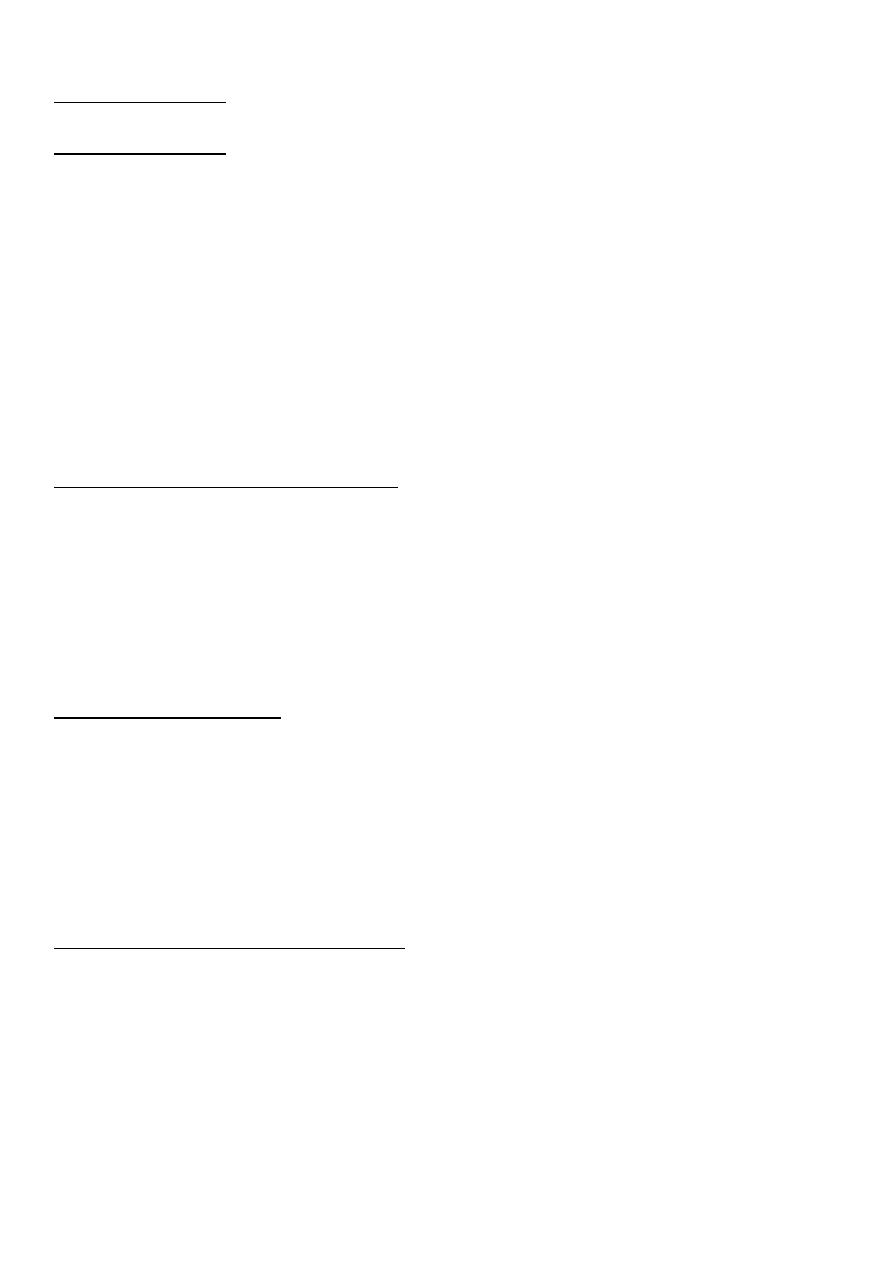
21
5- Social mobility: According to social mobility, we have 2 types
Close- class society: As in India, based on caste, so it is difficult to make reforms without
resistance.
Open –class society: movement on social ladder is unrestricted. It is based upon
achievement or gaining wealth. The society here is progressive.
6- Education: as illiterate and literate.
7- Religion.
Social Class:
People in community are differentiated by certain characteristics which they bear, and
social class is closely bound up with way of life, attitudes, expectations and degree of stress.
Social scientists used occupation widely as a mean of determining the level of social
standing of an individual in a community.
Occupation is the major determinant of:
1. Economic rewards.
2. Extent of authority.
3. Extent of obligations.
4. Degree of status.
5. Values and life styles.
Social class is determined according to occupation, the following:
Occupational classification is the most one used all over the world which is established in
England and Wales:
I- Professional occupation.
II- Intermediate occupation.
III N – Non manual skilled occupation
III M- Manual skilled occupation.
IV- Party skilled occupation.
V- unskilled occupation.
Limitations of occupational classification:
1. Heterogeneous grouping: because in each social class there are different occupations,
educations and family background.
2. Occupational mobility: because occupation may be changed.
3. Women: Because some occupations are exclusively occupied by males and vise versa.
4. Regional variation not took in the account.
5. No. of jobs are increasing widely.
6. Class III very large.
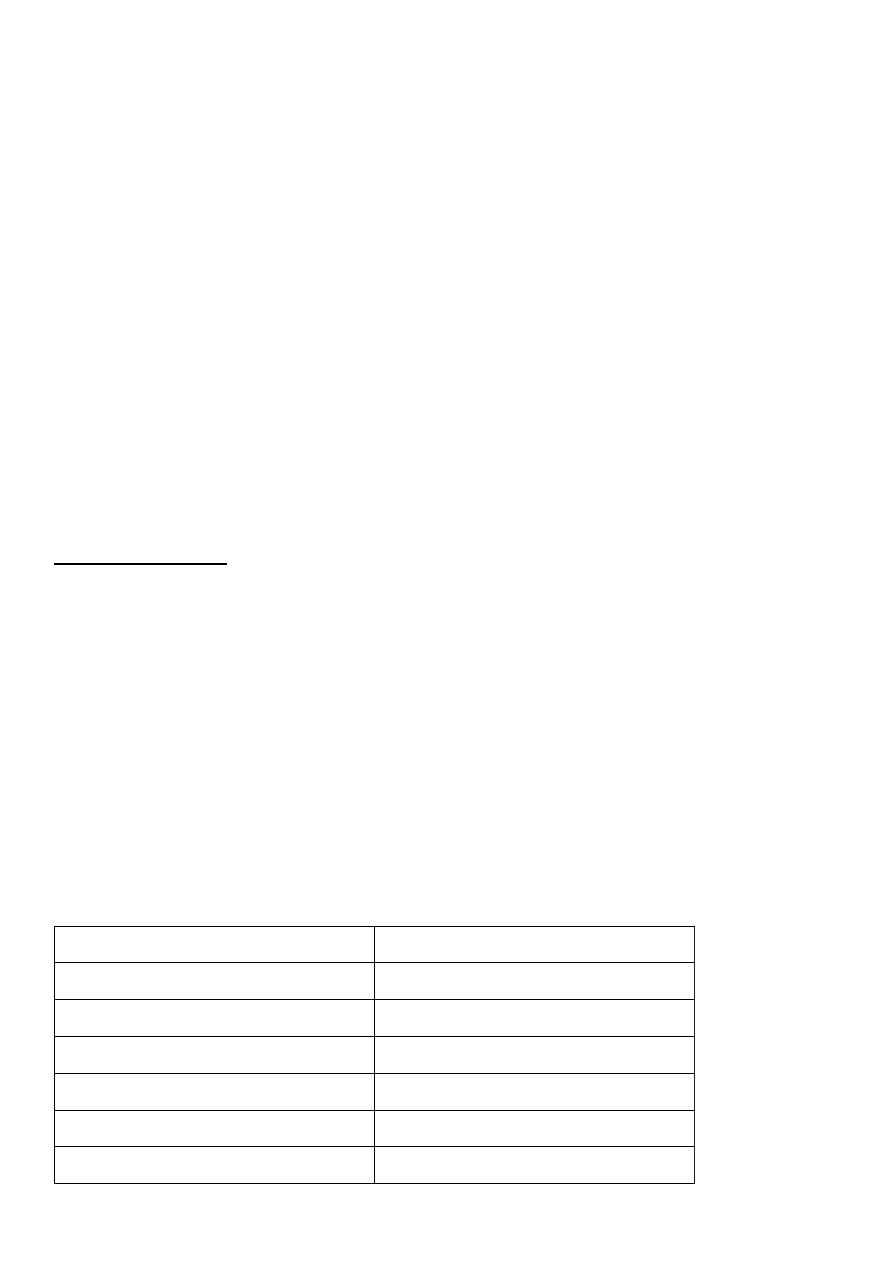
21
Factors of Social class difference in health and diseases:
I- Physical environment: the type of housing , overcrowding, access to safe water and clear
air all have an important effect on health of human and actually these factors are differ in
different social class.
II – Difference in services provided: some people in lower social class are even undoctored.
III – Materials and resources: income , wealth, tools all are important factors for accessing
a better health services.
IV – Genetic endowment: people in certain social class tends to marry in the same social
class, which lead to increase probability of certain genetically determined diseases as e.g.
thalassaemia.
V – Educational status: illiteracy and ignorant all are known risk factors for certain diseases.
VI – Attitude to diseases: It is found that middle social class are the most social class
seeking for medical advice and treatment.
Socio- economic status: the position that an individual or family occupies with reference to
the prevailing average standards of cultural and material possessions, income and
participation in group activity of the community. This status may be inherited, but in
modern society is usually achieved.
Generally Speaking: Individuals in upper social class have longer life expectancy, less
mortality and better health and nutritional status than those in the lower classes.
-Coronary heart diseases, hypertension and diabetes all have been shown to have a high
incidence in social class I and gradual decline in incidence in the other social classes.
-Disease of skin, eyes, ears, diarrhea and dysentery all have shown a higher incidence in
lower classes due to poor state of physical environment.
- Families in lower social classes are bigger in size, women marry early and bear more
children, make less use of hospital facilities and lastly consult doctors less.
-Mortality: as infant mortality, general mortality, maternal mortality all are related to social
class.
Perinatal mortality by social class 1980, England and Wales
Social class
Perinatal mortality/ 100,000
I
9.7
II
11.1
III N
11.8
III M
13.0
IV
15.0
V
17.0
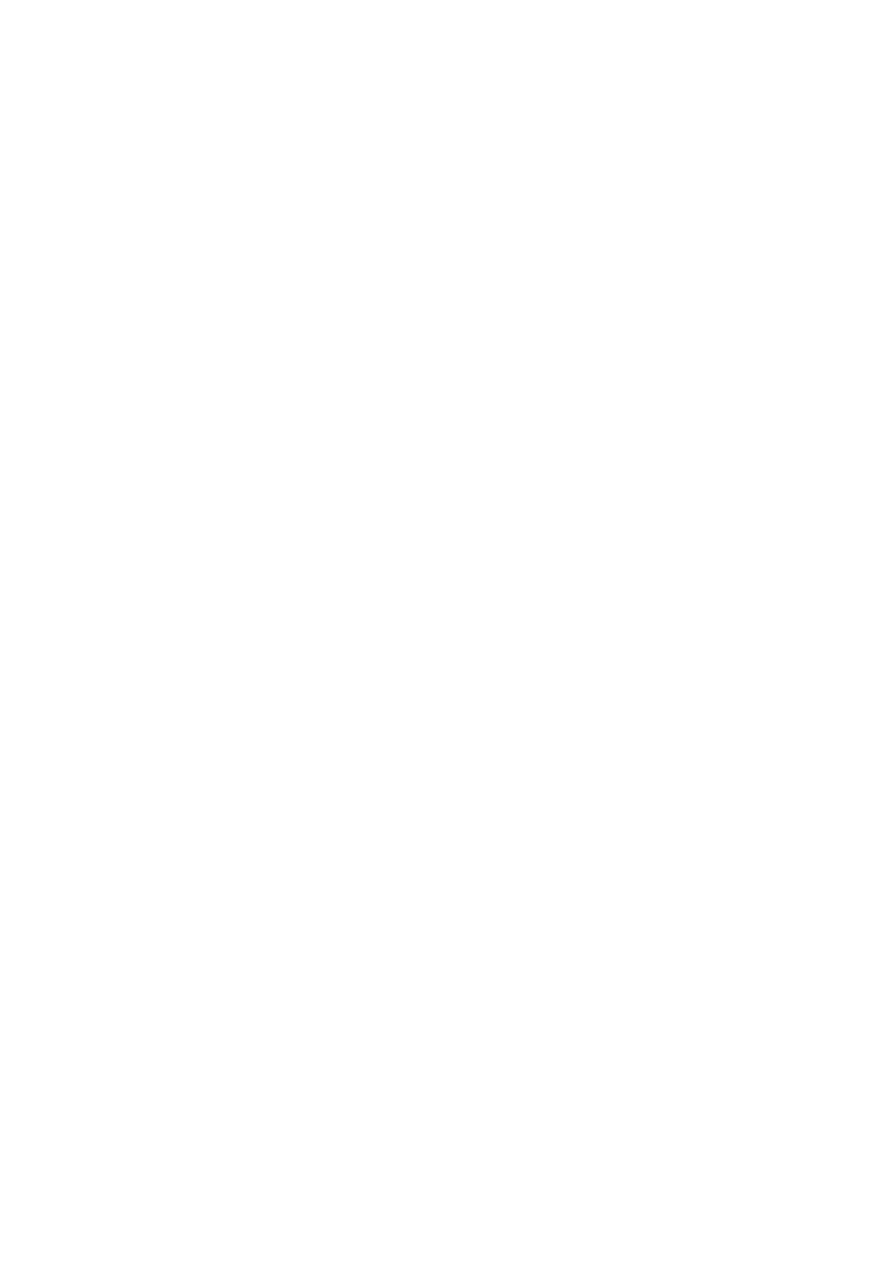
22
Life style
Definition of life style: " The method in which people are living“
Reflecting the whole range of social values, attitude, habits and activities.
It is composed of cultural and behavioral patterns and life long personal habits ( as smoking
and alcoholism) that have developed through process of socialization.
Life styles are learnt through social interaction with parents, peer groups, friends, siblings,
schools and mass media.
Attitude: acquired characteristics of an individual, by social interaction, once formed ,
difficult to be changed.
Habit: An accustomed way of doing things, and can be changed,
with 3 characteristics:
1. Acquired through repetition.
2. Automatic.
3. Can be performed under similar circumstances.
Healthy life style: When the life style of an individual in the process of promoting the
health. E.g. adequate nutrition, enough sleep, sufficient physical activity, smoke free society
and reduction of stress.
Unhealthy life style: When the life style of an individual in the process of deteriorating the
health. E.g. in western countries when life styles changed in middle 20th century, many
medical problems raised as CHD, obesity, lung ca., and drug addiction.
While in developing countries, where traditional life styles still persist, the risk of illness and
death are connected with lack of sanitation, poor nutrition and poor personal hygiene.
Life style and social class:
Social class has considerable implication on people's life styles.
Manual worker, see life in terms of making the best of what comes along, with little control
over the future.
Non- manual worker, on the other hands, consider that the future can be controlled.
* In the past, polio, leukemia, cirrhosis were associated with upper social class, why ?
Polio, because good housing acquire little active immunity from environment and vaccines
are not yet developed.
Leukemia, More exposed to X rays.
Cirrhosis, more able to afford alcohol.
* Neurosis more in class I, psychosis more in class V.
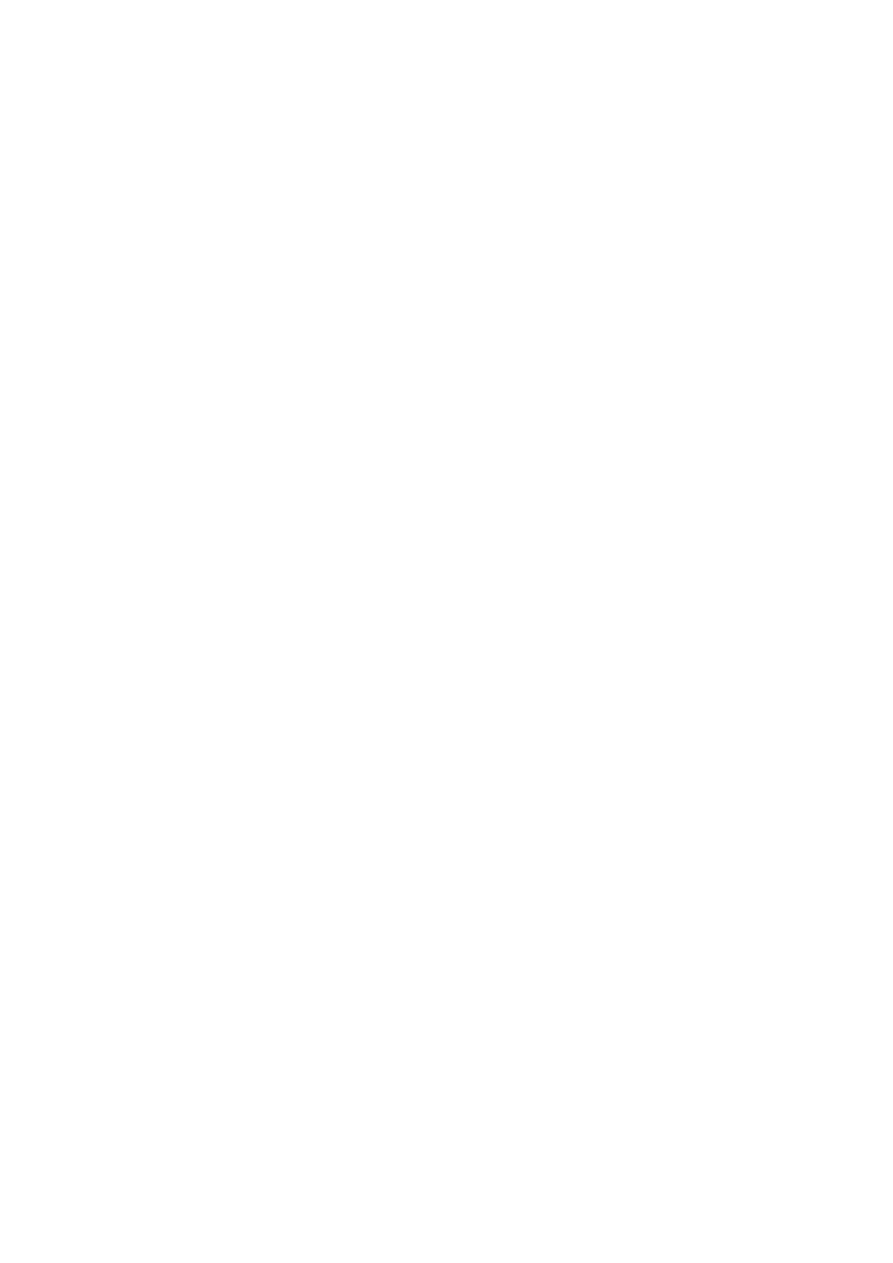
23
Examples of unhealthy life style:
A- Non- communicable chronic diseases: life style change, constitute one of six major risk
factors of adult chronic non- communicable diseases, e.g.
1. Coronary heart diseases:
- Smoking.
- Eating rich fatty diets.
- Sedentary life.
- Alcoholism.
- Stress.
2. Hypertension:
- Eating high salts in diets in addition to the previous all factors in CHD.
3. Cancer:
- Smoking.
- Alcoholism.
- Dietary factors.
- Industrial materials.
- Radiation hazards.
4. Blindness:
- social class V 2 times prevalence than social class I.
B- Malnutrition:
It is not due to lack of food, but, people choose poor diets ( not in term of expenditure)
when good ones are available because of cultural influences.
- Rice in many countries is the main diets which actually lead to more obesity and CHD.
- In south India after the 2nd world war, they refuse to eat rice ( their main diets was
wheat), this lead to mass malnutrition.
- Certain beliefs as if pregnant women eats more will get a big baby , this will lead to
difficult labor.
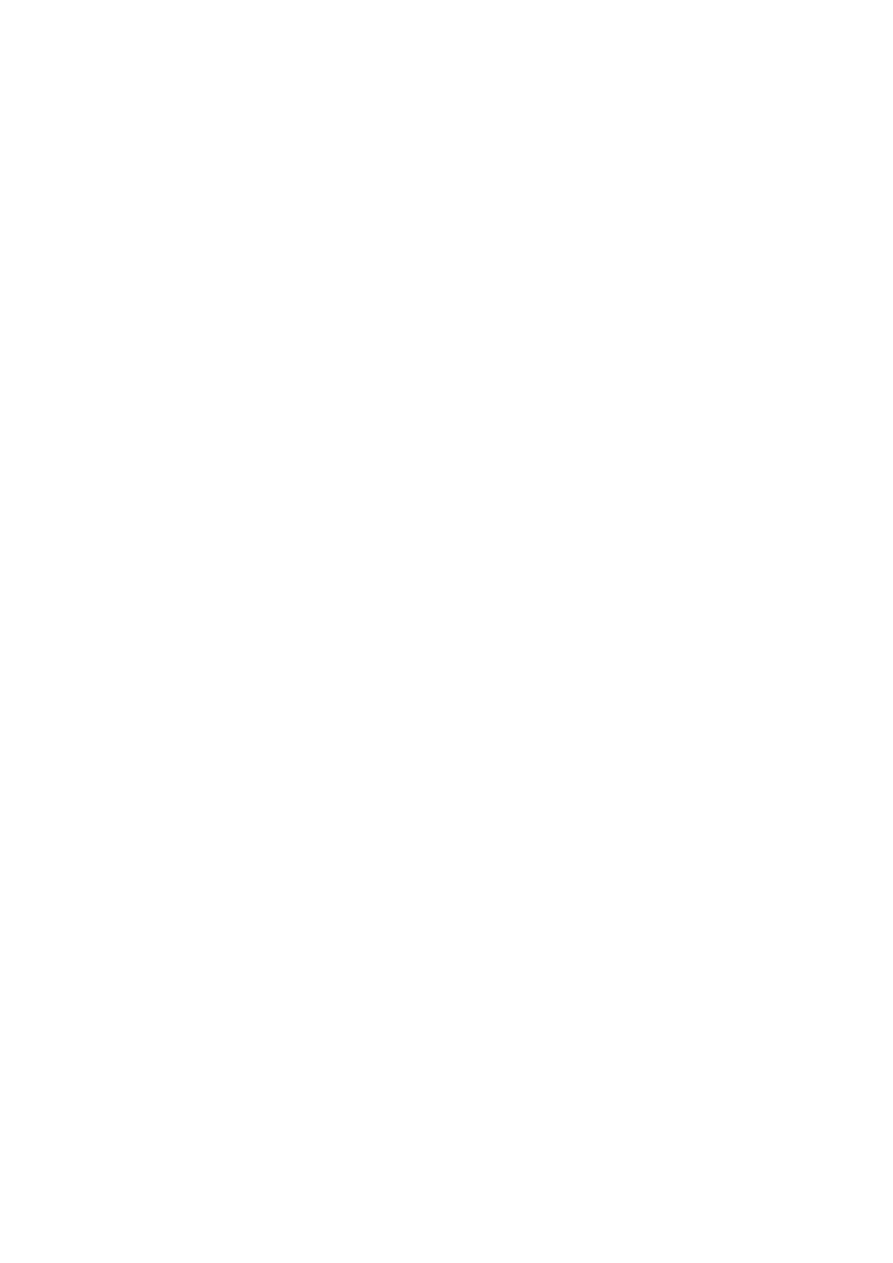
24
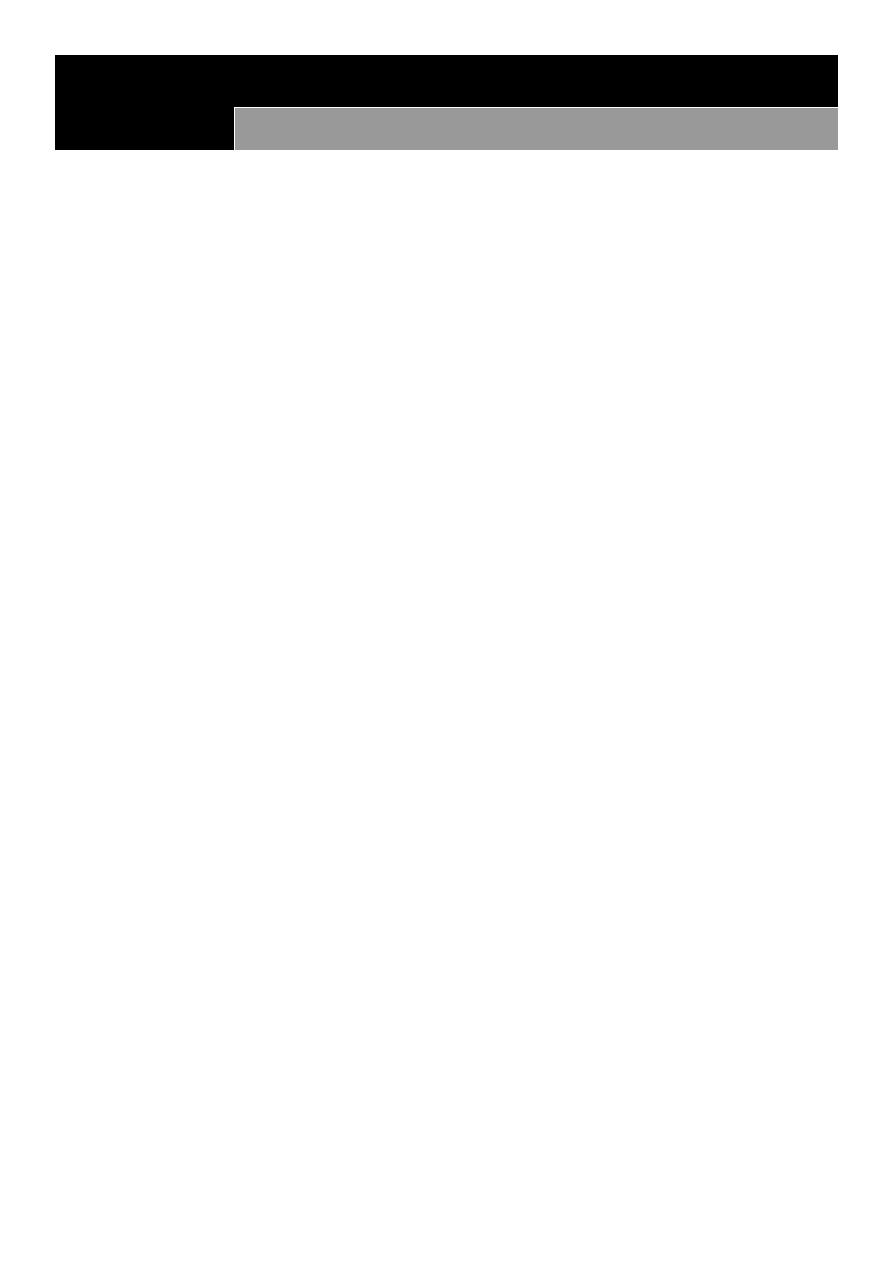
25
Lec:5
Community medicine
Social organization
Social organization for any community is composed of different types of social
relationships for different groups in the community which are needed for different
purposes.
The social groups to which people belong are the family, the kinship, the caste, religion,
villages , cities and state.
Besides there are certain functional groups such as club and various associations, as schools
universities etc.
The social groups are:
1. The family: is the basic unit in all societies and it is the most powerful example of social
cohesion.
2. The Caste: in caste system there are certain rules and sanctions related to every aspects
of the life.
3. The religion: Different religions are found in different countries and even within the
same country, each of which related closely to certain health qualities.
4. Temporary social groups:
- The Crowd: A group of people come together temporarily, for a short period, motivated
by a common interest or curiosity ( e.g. to witness a football match).
The crowd lacks internal organization and leadership and when the interest is over the
crowd will disperse.
- The Mob: is essentially a crowd ,but has a leader who forces the member into action. The
mob is more emotional than crowd and like the crowd in that it is unstable and without
internal organization and when the goals of mob is achieved, the mob will disperse.
- The Herd: is also a crowd with leader, but the group have to follow the order of the leader
with out question ( e.g. a tourist group with a leader).
5. Permanent spatial groups:
- The Band: is the main elementary community of a few families living together . Here the
group has organized itself and follows a pattern of life.
- The Village: is a small collection of people permanently settled down in a locality with
their homes and cultural equipments.
- The Town and cities: is a relatively large, dense and permanent settlement of socially
heterogeneous individuals. The community is subdivided into smaller groups on the basis
of wealth and social class.
Because of their size, primary contacts among all its inhabitants is difficult.
- The state: is an ecological social group based on territory. It is well stabilized and
formalized and it is heterogeneous in nature.
6. Government and political organization: is an association of which law is the institutional
activity and it is the supreme agent authorized to regulate the balanced social life in the
interest of the public. There is no society which lacks government and some form
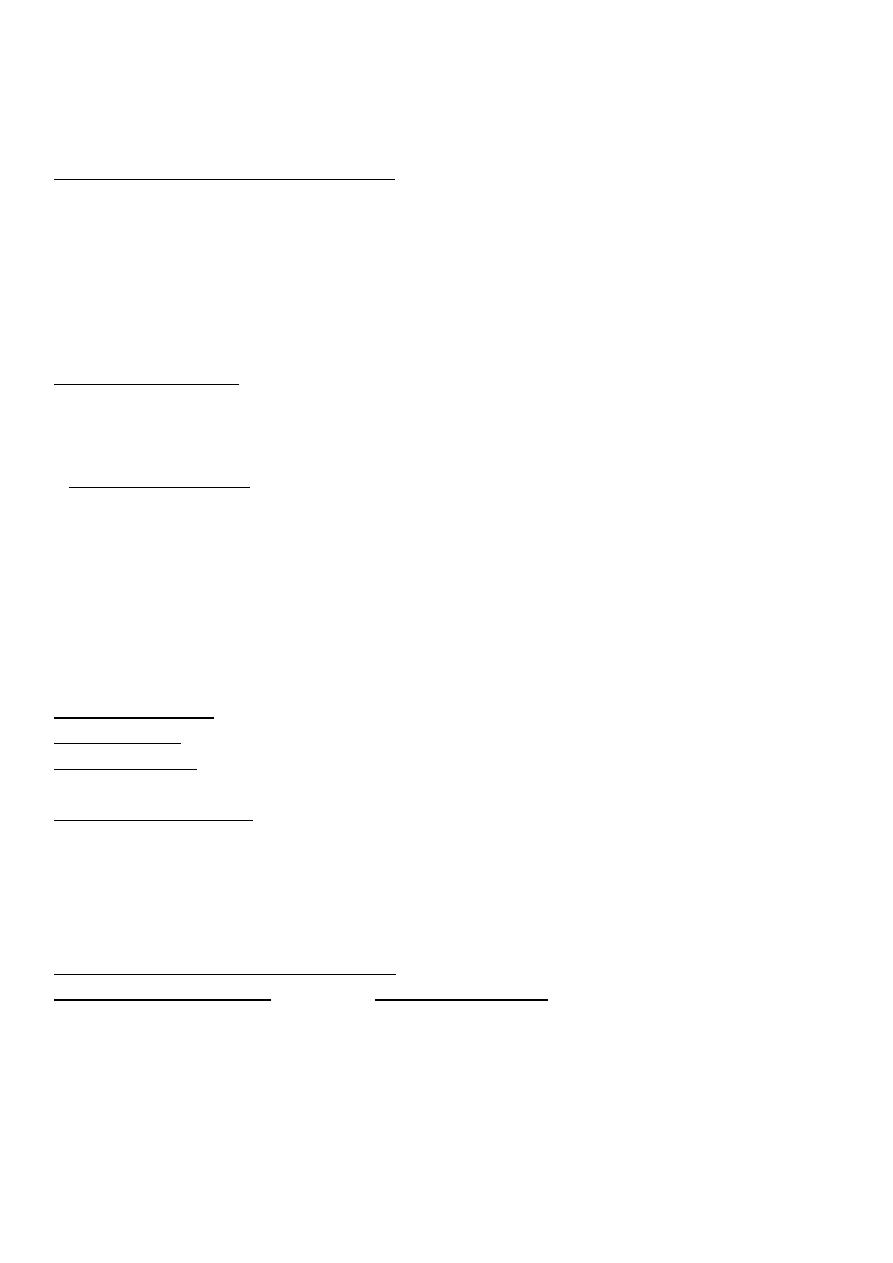
26
government is detectable even among primitive society.
* To understand the organization of medical services in any country, it is essential to know
its social and administrative organization.
Types of government in modern world:
- Democracy: This is government of the people, by the people and for the people. E.g.
USA..
- Autocracy: The ruler is absolute in his power as in Jordan.
- Monarchy: The head of the state is the monarch as found in UK.
- Socialistic: The production and wealth are owned and controlled by the state as China.
- Oligarchy: The country is ruled by a family groups as Saudi Arabia.
In Capitalist countries, medical service is given to the population by various agencies in
various ways. State medicine, insurance medicine, charity medicine and private medicine.
Medicine has developed into a trade – a service that is purchased by the patient and sold by
the physician under a competitive system.
* In Socialist countries, medicine like education, is not a trade: it is a public function of
society . All health activities are directed and controlled by central bodies, and medical
services are free and therefore available for all, it is in other word socialized medicine.
The Family:
Definition: is the primary unit in all societies, it is a group of biologically related individuals
living together and eating from a common Kitchen. ( household not a family in that may not
be blood related as servants) .
As a biological unit, the family members share a pool of genes.
As a social unit, they share a common physical and social environment.
As a cultural unit, they reflects of the wider society of which it forms a part and determine
the behaviors and attitudes of its members.
As epidemiological unit, in providing social and medical services to its members.
Family of origin, is the family in which one is born.
Family of procreation, is the family which one sets up after marriage.
Family life cycle and family phases: Families are not constant,
they are ever changing. A normal family cycle is generally conceived as having 6 phases:
Basic model of nuclear family life cycle:
Phases of family life cycle Event characterizing
No. Description Beginning of phase End of phase
I Formation Marriage Birth of 1st child
II Extension Birth of 1st child Birth of last child
III Complete extension Birth of last child 1st child leaves
IV Contraction 1st child leaves last child leaves
V Complete contraction last child leaves 1st spouse dies
IV Dissolution 1st spouse dies Death of survivors
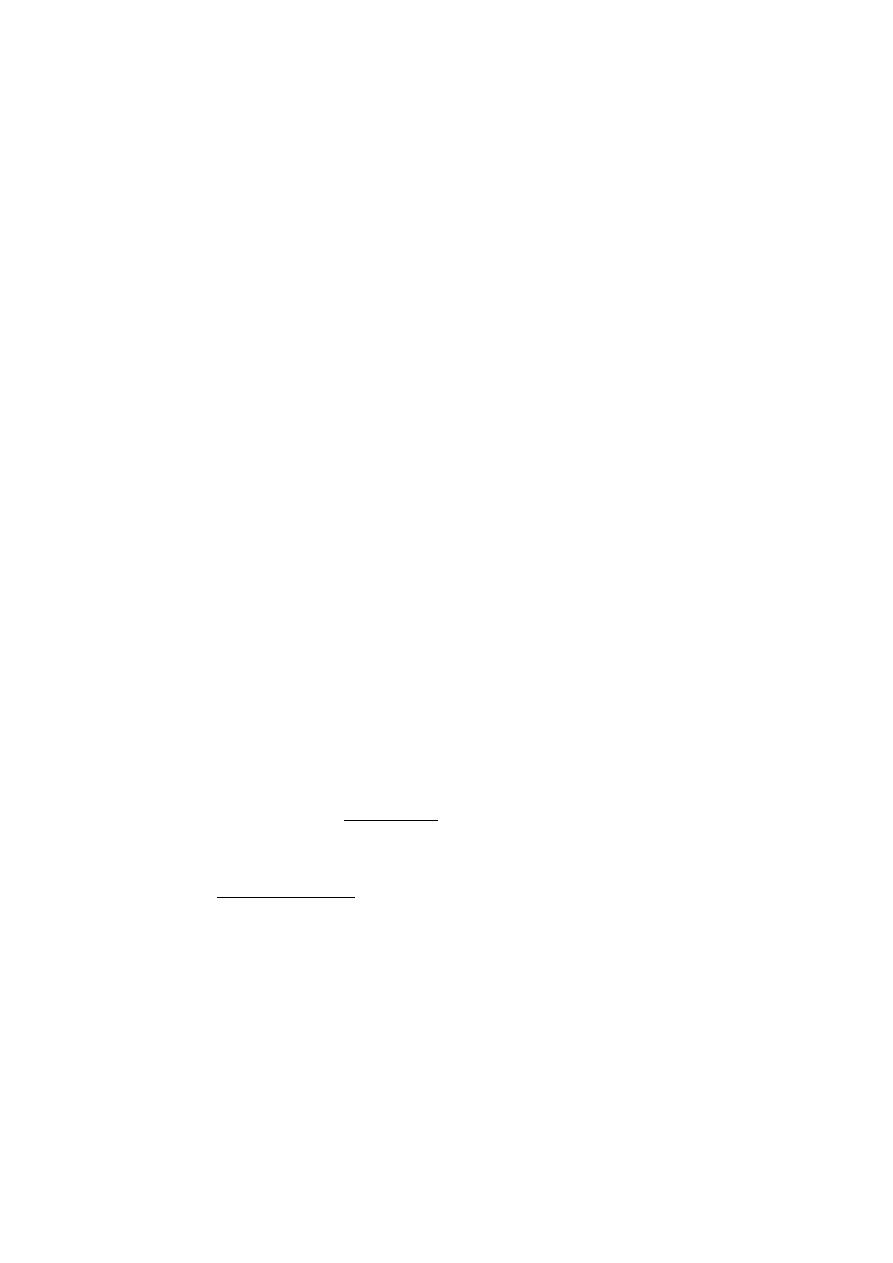
27
Family cycle and stress:
1. Structure: critical periods are:
- Adolescence.
- first pregnancy.
- menopause.
-Retirement.
2. Childhood: most important things here
- Insecurity.
- Marital discord.
- Prenatal rejection.
- Institutional rearing.
3. Adolescence: most important problems here:
- Drug abuse.
- Inappropriate sex behaviors.
- Alcoholism.
4. Parenthood: Most important problems here:
- Death of one parent.
- single family headed by a woman.
- Divorce.
5. Aging:
- Mental illnesses.
- Role of family in the life of elderly human.
Types of Families:
1. Nuclear Family: is universal in all human societies. It consists of the married couple and
their children while they are still regarded as dependents. They tend to occupy the same
dwelling space. The husband usually play a dominant role in the household. There were
new concept about what is called new family which consists of parents and children under
10 years of initiation.
2. Joint Family: or extended family, is a kind of family grouping and more common in
agricultural areas, it is characterized by:
- In the same house, there are no. of married couples, all men are related by blood, all
females are their wives, or unmarried girls or widows of the family kinsman.
- All the property is held in common. All for each and each for All.
- All the authority for senior male of the family and subsequently for his wife.
-The familial relations enjoy primacy over marital relations.
- The motto is " union is strength".
3. Three Generation family:
- Three generation in the household.
- Occurs when young couples fail to find separate house.
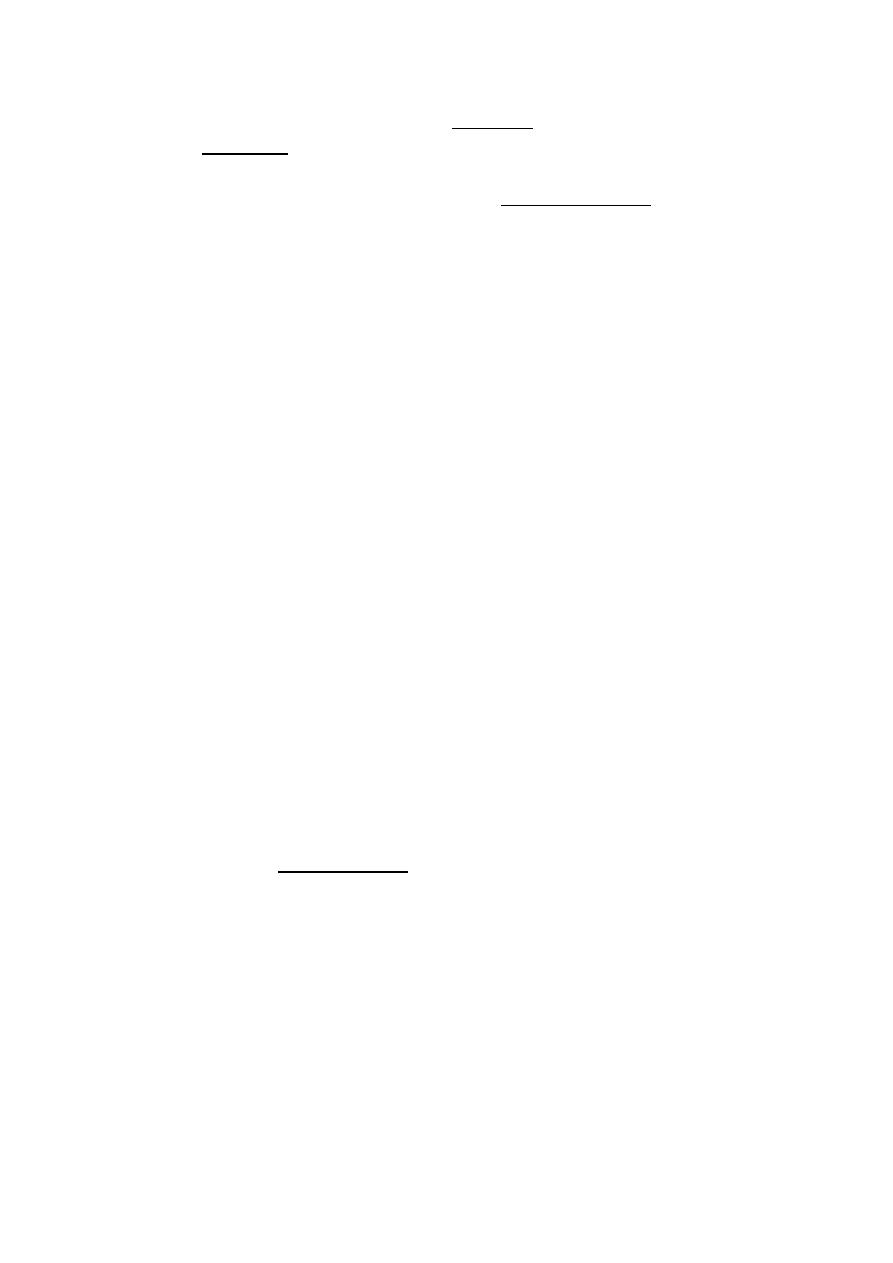
28
Functions of Family:
1. Residence: One of the major function of the family is to provide a clean and decent home
to its member. There are 2 types of residence, patrilocal ( the wife goes to the house of the
house band) and matrilocal ( when the house band goes to the house of the wife) .
2. Division of labors: In primitive societies it is well established, but in modern society,
there is no clear distinction leading to what is called Communal family ( where all its
members play a part in its management).
3. Reproduction and bringing up of children.
4. Socialization.
5. Economic function.
6. Social care:
- Giving status in the society to its members.
- Protecting its member from insults.
- Regulating marital activities of its members.
- Controlling Religious and social activities of its members.
- Regulating sex relations through incest- taboos.
Family in health and disease:
* Anyone who is concerned with medical practice will come to know that family is
ultimately the unit with which one has to deal.
1. Child Rearing:
By affording the best physical, emotional and healthy needs for child.
2. Socialization:
To socialize the " stream of new-born barbarians" .
3. Personality formation:
The family acts as a placenta to exclude harmful factors and modifying others.
4. Care of dependant adults:
- Care of sick and injured.
- Care of women during pregnancy and child birth.
- Care of the aged and handicapped.
5. Stabilization of adult personality:
The family here acts as a shock absorber for the stress of life.
6. Familial susceptibility to disease ( genetic diseases).
7. Broken family: as
- Divorce.
- Widowed.
- Both parents die.
- Paternal, maternal or dual parent separation.
8. Problem families: those families lag below the minimum accepted level, both parents
unable to meet physical and emotional needs of their children, the home life is utterly
unsatisfactory, there is usually a personality and relationship problems, backwardness,
poverty , illness , mental and emotional instability, character defect and marital disharmony
, the child reared in such families are usually the victims of prostitution, crime and
vagrancy.
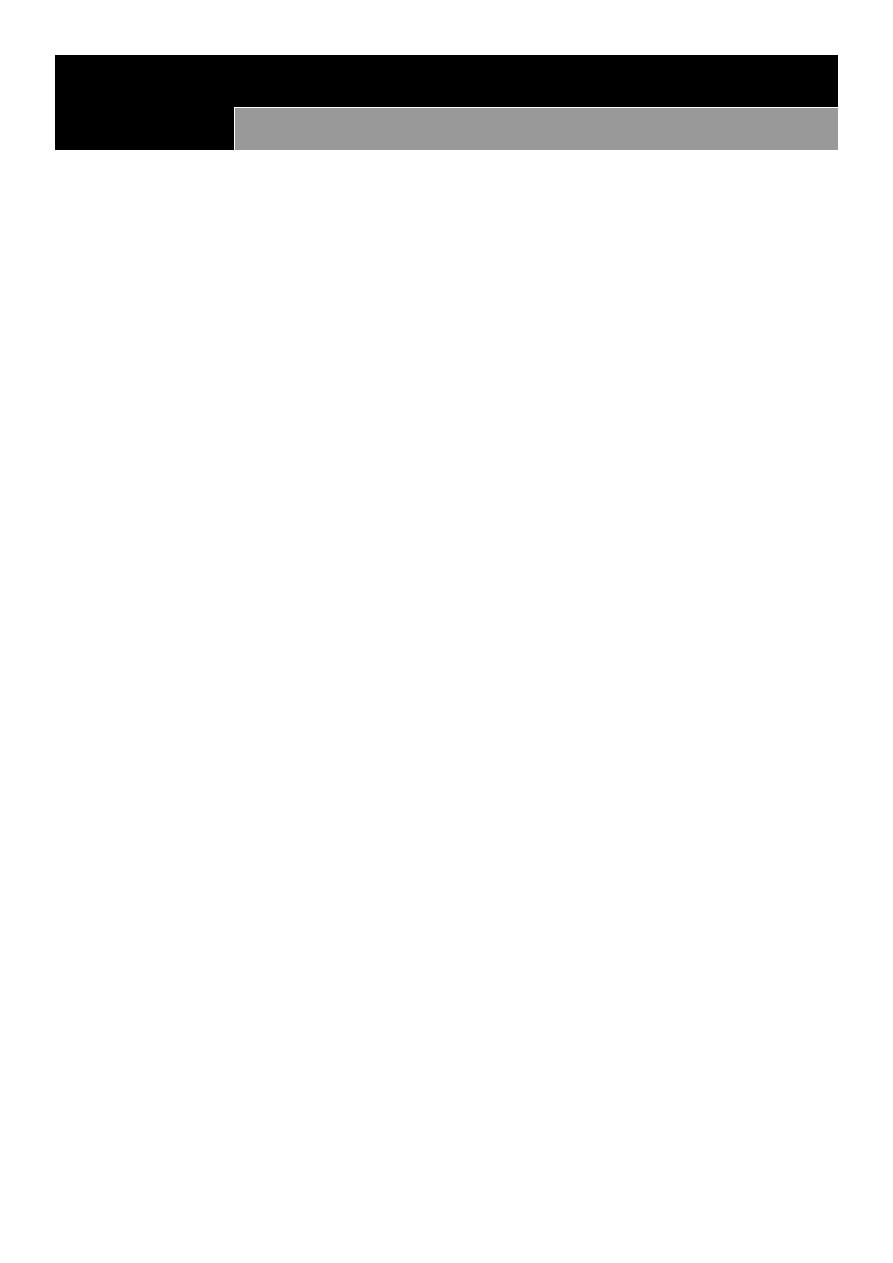
29
Lec:6
Community medicine
Socio- cultural factors in health and disease
Cultural factors in health and disease:
All people, whether rural or urban, have their own beliefs and practices concerning health
and disease. It is now widely believed that cultural factors are deeply involved in the affairs
of man.
The customs and beliefs which reflect the cultural background of the human are of three
types regarding health and diseases:
1.Positive values: these are based on centuries of trial and error.
2.Useless.
3.Negative values.
Some of these cultural factors, hallowed by centuries of practice, have stood in the way of
implementing health programs and where a change of behavior was involved, the
resistance of people was maximum in accepting new programs. Details information about
these factors ( customs, cultural mores, habits and beliefs ) is still lacking.
The cultural factors involved the following:
I - Concept of etiology and cure:
Broadly speaking, the cause of disease, as understood by majority of rural people, fall into 2
categories:
A- Supernatural causes:
1. Wrath of Gods and Goddesses: as e.g. small pox and chicken pox and they considered the
administration of drugs is harmful and cases should not be notified.
2. Breach of taboo: venereal diseases thoughts by some people are due to illicit sexual
intercourse with woman of low caste, or a woman during menstruation.
3. Past sins: as a cause of leprosy and tuberculosis.
4. Evil eyes: as a cause of disease and children are more prone to that effect and usually
they use charms to ward off their effects.
5. Spirit of ghost intrusion: as a cause of hysteria and epilepsy.
B- Physical causes:
1. The effect of weather: as exposure to sun in summer lead to heat stroke.
2. Water: as impure water lead to certain diseases.
3. Impure blood: as a cause of skin diseases such boils and scabies.
II – Environmental sanitation:
A- Disposal of human excreta: 98% of people in rural areas use open field for defecation
and considered harmless and they thought that latrines of cities only because there were
no fields for defecation.
B- Disposal of wastes: in front of houses and using animal dung as manure and fuel.
C- Water supply: using wells as an area for meeting, bathing and washing clothes and also
for animal bath and water drinking. Some rivers considered holy, where people go on
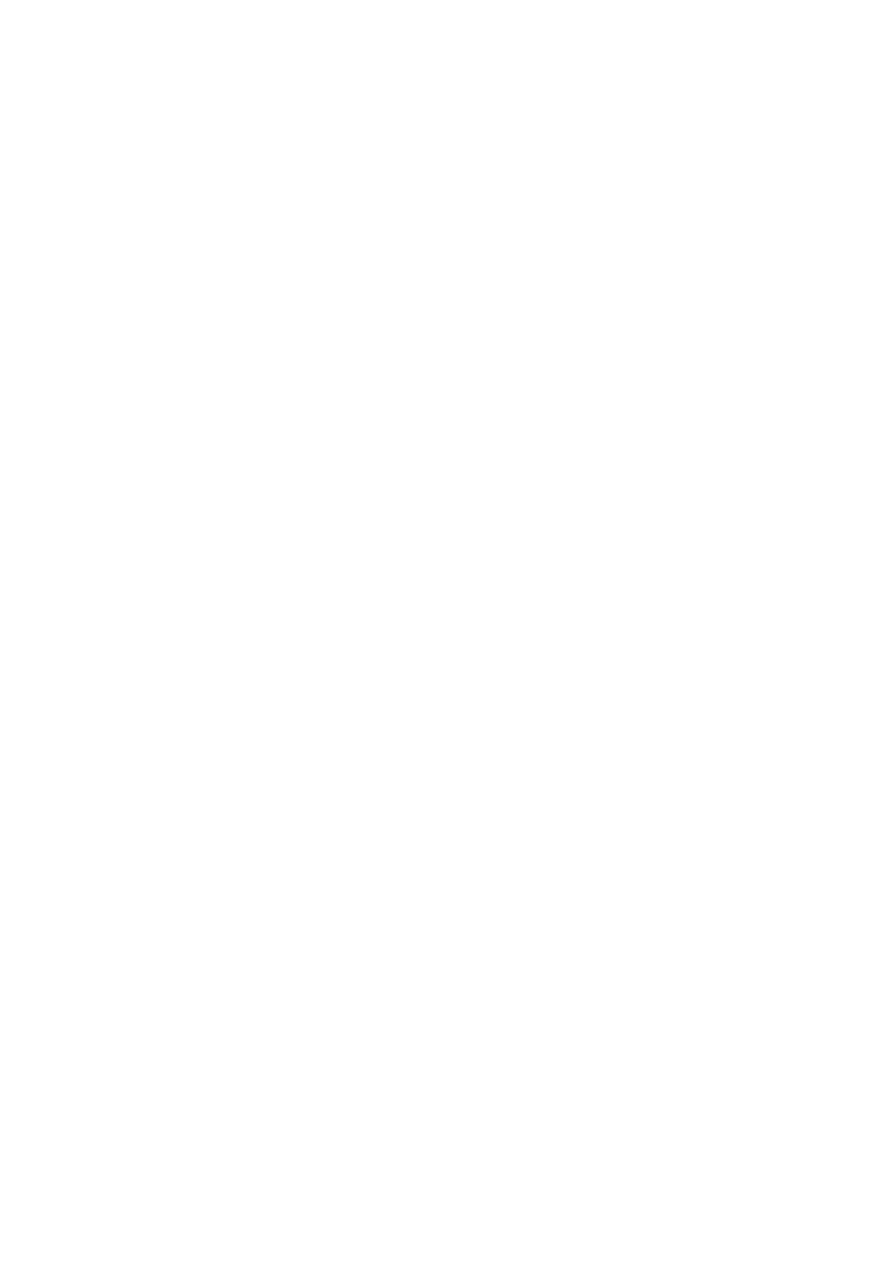
31
pilgrimage to these rivers and having a dip and brings water for other ( cholera and
gastroenteritis).
D- Housing: In country side , there were damp houses, ill lighted , ill ventilated, absence of
separate latrines and bathrooms, no windows (for security), animals and chicken inside the
house.
III – Food habits:
As vegetarianism, some not eat onions due to religious causes. Muslims abhor pork, Hindus
abhor beef, adulteration of milk, some thought that there is certain food heat or cool the
body, some not boil the milk other wise their animal will not donated milk again, Fasting of
Muslims during Ramadan, alcohol taboo by Muslims, Hindu women only eat from food left
by their husbands, and some people not eat until taking a bath.
IV – Mother and child health:
The following various habits, customs in the field of MCH have been classified as good, bad,
unimportant and uncertain:
A- Good: as prolonged breast feeding, oil bath, exposure to sun.
B- Bad: delivery by untrained dai, baby not breast feed during the first 3 days after delivery,
application of soil to umbilical stump.
C- Unimportant: as punching of ears, nose and application of oil or paste to anterior
fontanels.
D- Uncertain: application of black soot to the eyes.
V – Personal hygiene:
Rituals: are set or series of acts usually involving religion or magic with the sequence
established by tradition.
A- Oral hygiene: some cultures are very concerned with this point, and at country side
some use twigs of neem tree for cleaning, ashes or charcoal.
B- Bathing: Bathing naked is taboo, some use regular baths, women after menstruation and
after a child birth must have a purified bath, ceremonial and oil bath in India, after legal
sexual intercourse in Muslims.
C- Shaving: at a country side by barber, using unsterilized instrument which may lead to
hepatitis.
D- Smoking: smoking Hubble-bubble may be social customs which may lead to spread of
T.B., smoking with burning end of cigar in mouth in Andhra lead to oral ca. In addition to all
bad effects of smoking.
E- Purdah: Muslims and some high caste Hindu women, observe purdah, incidence of T.B. is
found to be high among Indian women using this style.
F- Sleeping: as sleeping on the ground because of poverty leading to insect bites.
G – Bare feet: walking with bare feet leads to transmission of hook-worms infestations.
H – Circumcisions: it is a religious sanction in Muslims and it is found to be very beneficial.
VI – Sex and marriage:
Among Irish, there are taboos against digital exploration of vagina, some religion consider
menstruation as a time of uncleanness when women are forbidden. Orthodox Jews are
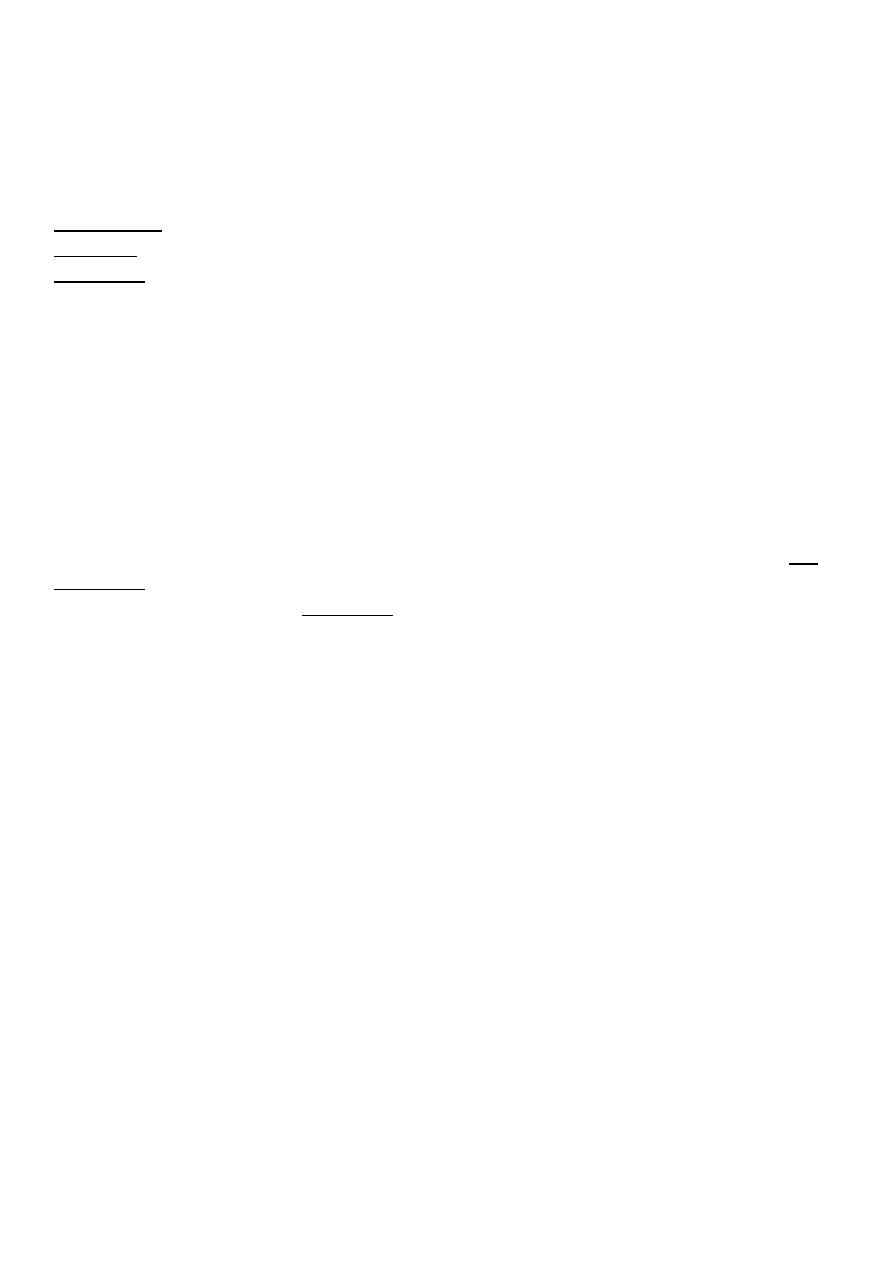
31
forbidden to have sexual intercourse until seven days after menstruation ceases, all these
customs are important in family planning.
Early marriage in India and in Muslims, carry a benefit of there are no problems as
unmarried mothers and of illegitimate births as a case in western countries.
The problem of child marriages are fortunately disappearing all over the world.
Monogamy: ( one male one female) is the usual type of marriage.
Polygamy: ( one male with several females) found in certain communities.
Polyandry: ( several males with one female) found among Todas of Nilgiri hills and other
areas in the world which carry a high incidence of venereal diseases.
Social factors in health and Disease:
The main causes of deaths in the past were infectious diseases, now the main causes of
deaths are degenerative conditions of multiple etiology, which have their origin in the ways
we live in the society. There are certain personal characteristics, certain life events and
certain social context, all these determine social factors in etiology of such degenerative
conditions.
I – Personal characteristics: Which include the following:
A- Social identity: there are biological factors as age, sex, race and heredity which are not
modifiable and can determine susceptibility of a man to certain diseases. Some other
factors to certain degree are modifiable as marital status, occupation, and religion all are
associated with different morbidity expectations.
B- Personal habits: Certain personal habits related to lifestyle which are found to be
strongly connected with certain diseases as
Smoking → lung cancer
Early promiscuity → cervical cancer
Fatty and calorie rich diets → coronary heart diseases
C- Psychological make-up:
Personality type A found to be associated with development of coronary heart diseases
independent of other factors.
Psychosomatic disorders thought to be due to reaction of someone to external stresses
because no organic reason could be found till now.
Asthma and peptic ulceration thought to be due to internal psychological tensions.
II – Life Events:
A- Stress: Which may affect the susceptibility of someone to certain diseases, as
perforation of peptic ulcer diseases during stress events as post operative patients, while
stress is found to do little ( if nothing) as a risk factor in coronary heart diseases.
B- Social Discontinuities: Which require readjustment irrespective whether the events
being pleasant or unpleasant, bereavement, loss of job, divorce and others all are found to
be associated with morbidity
These life events have been scored on a social readjustment rating scale according to the
amount of expected adjustment.
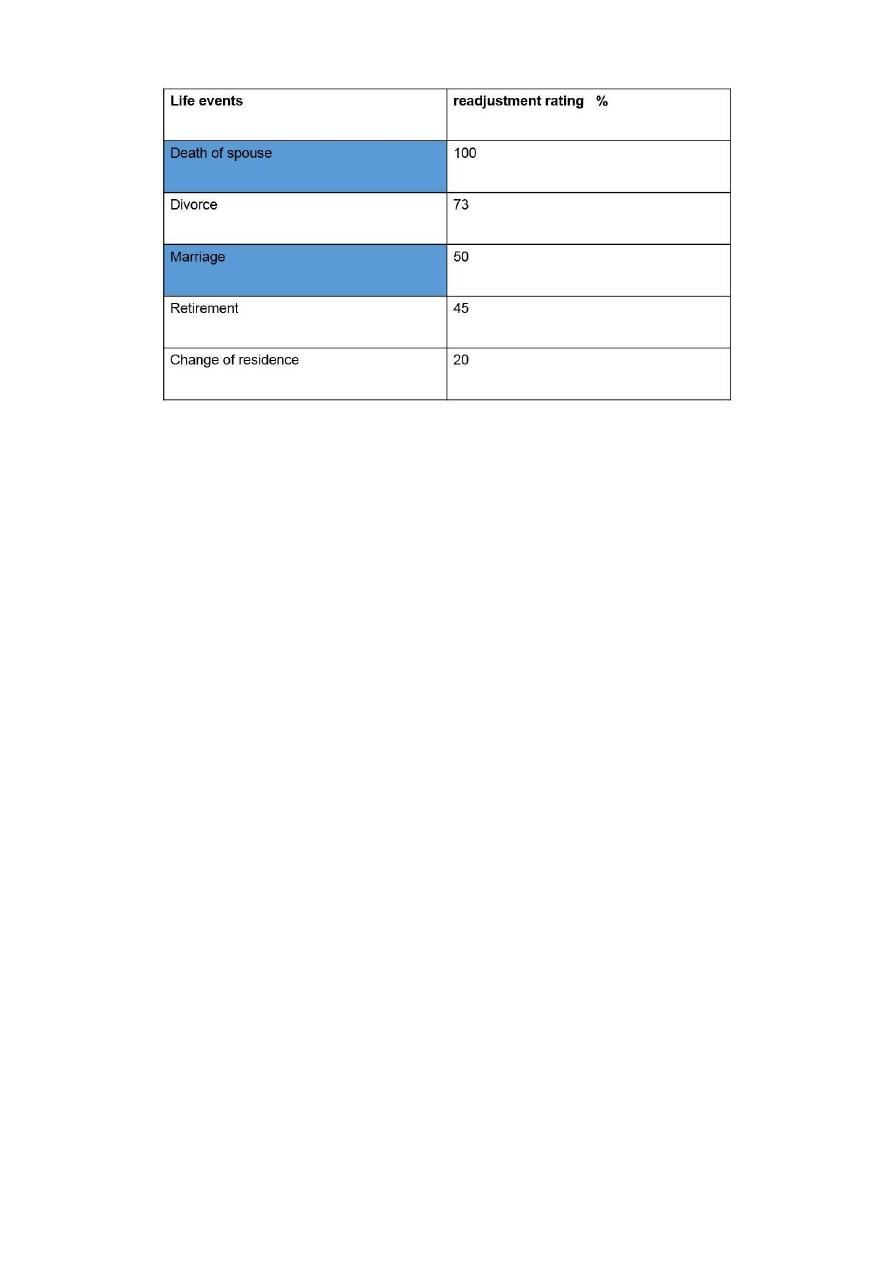
32
Social Readjustment Rating Scale
C- Geographical mobility:
It is found that the prevalence of physical symptoms was strongly associated with the no. of
moves.
- Moves lead to state of incongruity and inconsistency.
- In two important studies, it is found that, family stresses associated with streptococci
throat infections, and females in working class found to be more prone to have depressive
illnesses than those females in rural areas.
III – Social Context:
How the person lives , social class, culture, family etc , all lead to certain susceptibility to
specific diseases.
It is found that there was great ↓ in mortality rate in UK in 19th century ( the main cause of
deaths was infectious diseases), and great ↓ in infant mortality in UK also but, in 20th
century, it is surprising that the major causes of these upper 2 great advances are the
following:
- Improved standard of living.
- Improved nutritional statuses.
- Better sanitary conditions.
While the minor causes were:
- Advances in medicine.
- Immunization.
Among the main elements of Social context are:
A- Economic factors:
- Unemployment: lead to increase in morbidity, mortality, hospital admissions and suicide
attempts.
- Very high employment: lead to increase mortality due to stress, smoking and alcohol.
B- Social integration : as much as social integration increases , the mortality will decrease,
as well as psychological diseases , this is the case in rural societies.
C- Urbanization: The overcrowding and high rise flats, all lead to serious mental illnesses as
known as New town blues.
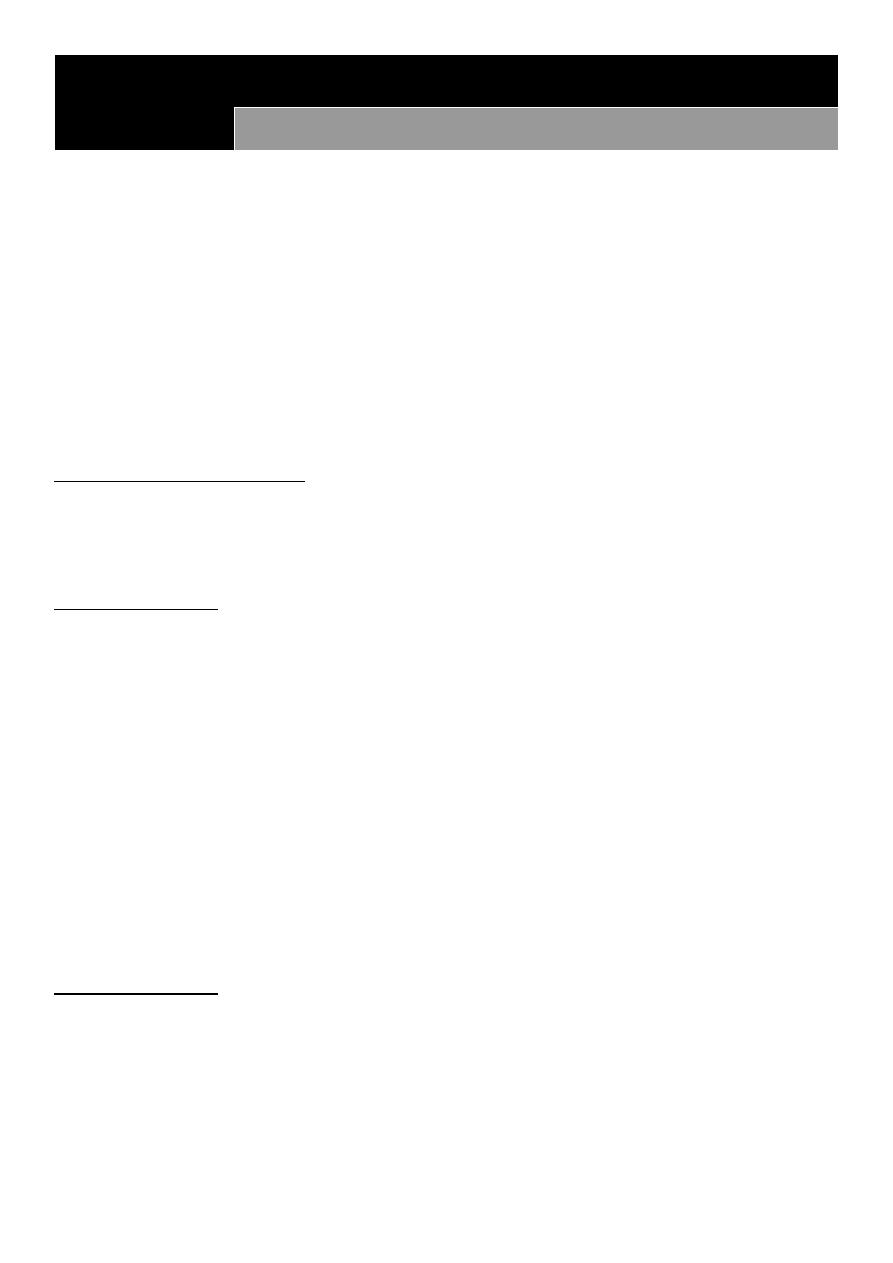
33
Lec:7
Community medicine
social pathology
Social Problems and social pathology:
A term applied and implies a medical analogy for aspects of society considered to be
problematic. It depends on society perceiving that particular groups, individuals or
circumstances depart from accepted norms.
In the community, there are both individual and social problems. When individual problems
affect a large no. of people , they become social problems.
Prostitution:
Is an age-old social evil. It is a social problem in most urban areas, and to a lesser extent in
rural areas.
Health effect of prostitution:
1. STD ( specially HIV/AIDS).
2. Illegitimate babies.
3. Breakdown families.
Underlying causes:
1. Changes in environment.
2. Breakdown of family relations.
3. Parental quarrels.
4. Want of affection.
5. Illegitimate love.
6. Easy money.
7. Low I.Q.
8. Low moral standards.
9. Poverty etc.
Delinquency:
A deviant is one who shows deviation from normal behavior e.g. theft, sexual offence,
murder, burglary etc.
Underlying causes:
1. Social maladjustment.
2. Poverty.
3. Disturbed home conditions.
4. Alcoholism.
5. Drug addictions.
6. Modern ways of living.
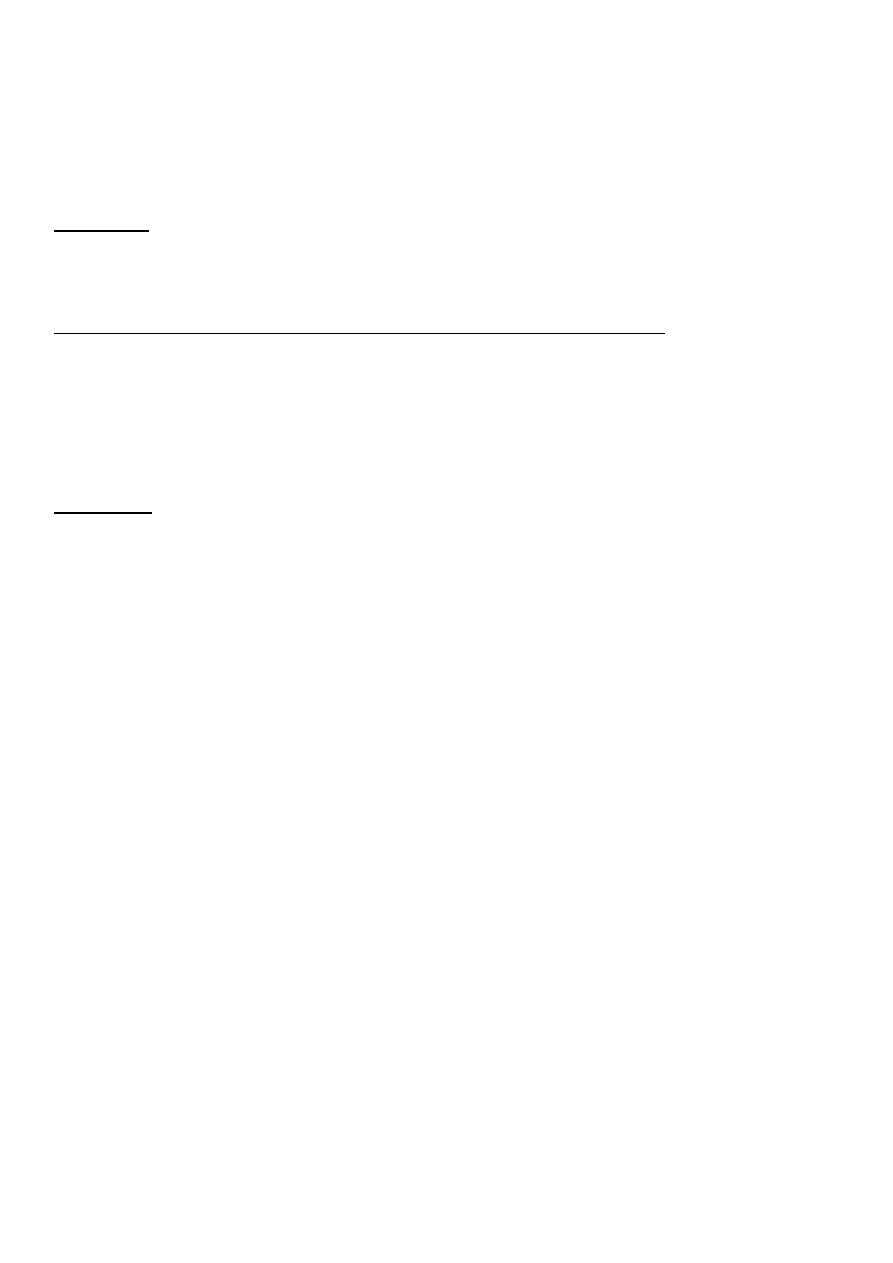
34
Dowry system:
It is an innocent custom, a symbol of love from parents to their daughters on the eve of her
marriage. But in recent years it has grown into a social evil with many instances of bride-
burning and suicides. These are symptoms of societal corruption.
Drug Addiction:
Definition: It is a state of periodic or chronic intoxication detrimental to the individual and
society produced by repeated intake of habit-forming drug.
" Drug culture" is fast making inroads into lives of young people from all walks of life.
To call a person a drug addict , the following criteria must be satisfied:
1. Psychological dependence: there is an overpowering desire ( compulsion) to take the
drug and obtain it by any means.
2. Physical dependence: when the drug is withdrawn, the patient shows " withdrawal
symptoms" as violent behavior, nausea vomiting, watering of eyes and noise.
3. Development of tolerance: there is a tendency to increase the dose.
Treatment:
1. Medical treatment.
2. Change in environment.
3. Complete break between the patient and his group.
4. Psychotherapy.
5. Prevention through education for target population and general public through all media.
Alcohol Abuse:
It is a worldwide social and medical problem, during the last 40 years , alcohol consumption
increased in both qualities and quantities. The age that people start drinking is also
declined. The population at higher risks are those undergo rapid social change, they view
alcohol as a symbol of prestige and social status. Drinking by adults serve as role model for
young.
Unmarried mothers:
This is an a problem in western societies, and an emerging problem in eastern ones because
of dowry system and low income of young population.
Handicapped:
Handicapped comprises 6 main categories:
1. The blind.
2. The deaf.
3. The orthopaedically handicapped.
4. The leprosy affected.
5. The mentally retarded.
6. The emotionally and socially handicapped.
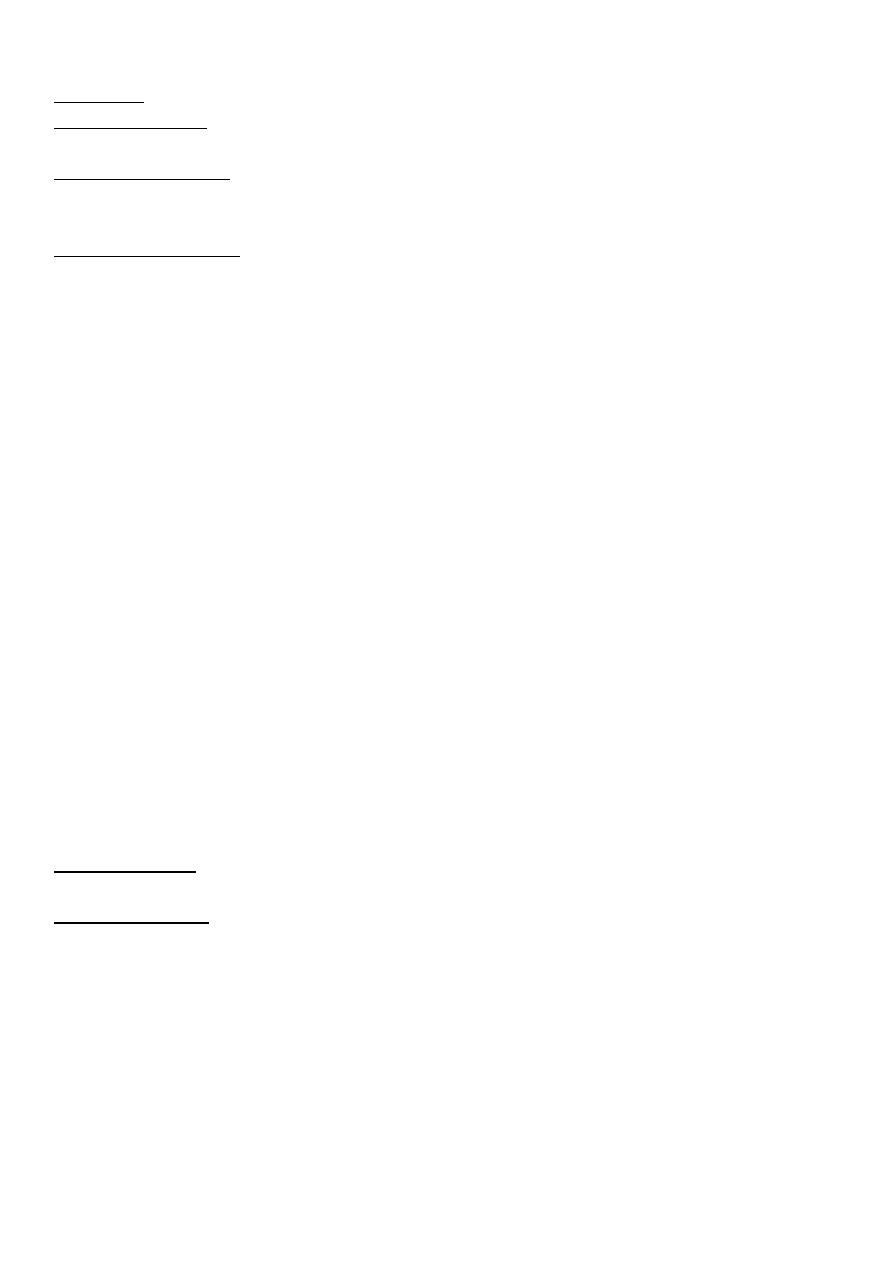
35
Deviance:
Definition: Behavior which departs someone from socially accepted norms.
Primary deviance: Abnormal, unusual or unexpected behavior for a person in given social
circumstance through ignorance, accident or on purpose.
Secondary deviance: The change in behavior ( deviance) which results from be labeled as
deviant.
Theories of deviance:
1.Personal factors:
A. Biological theories:
- Inherited physical character as muscular mesomorphic (build).
- Abnormal EEG.
- Atypical chromosomes.
B. Psychological theories:
-Personality damage by disturb childhood→ impaired socialization.
- Part of subconscious defense mechanisms.
- Previous frustration → aggression → murder or suicide.
- Low intelligence ( low I.Q.).
2. Environmental factors:
A. Physical environment:
- Heat waves.
- Overcrowding.
B. Sociological perspectives:
- Functionalist: lack of cohesion, industrialization, frustration.
- Conflicts: abnormal ideology in the country.
- Internationalists: group abnormal behavior.
- Ethno methodology: dealing with results, not with causes.
Control:
People behaviors in the community are controlled by sanctions which may be formal or
informal.
Formal sanction: The deviance is considered sufficiently serious to require external
constraints such those of the law.
Informal sanction: Are those diffuse standards in the community of expected behaviors ,
e.g. forms of greeting, length of hairs and dress. It may be national ( e.g. respect to cow in
India) and international (e.g. respect to parents).
Labeling:
- In sociology is equal to diagnosis in medicine.
- People behavior is altered or reinforced by labeling.
- Be careful in labeling because you are making a decision about a person.
- It is unlikely to be a cause for certain condition.
- It is a major factor in mental illnesses.
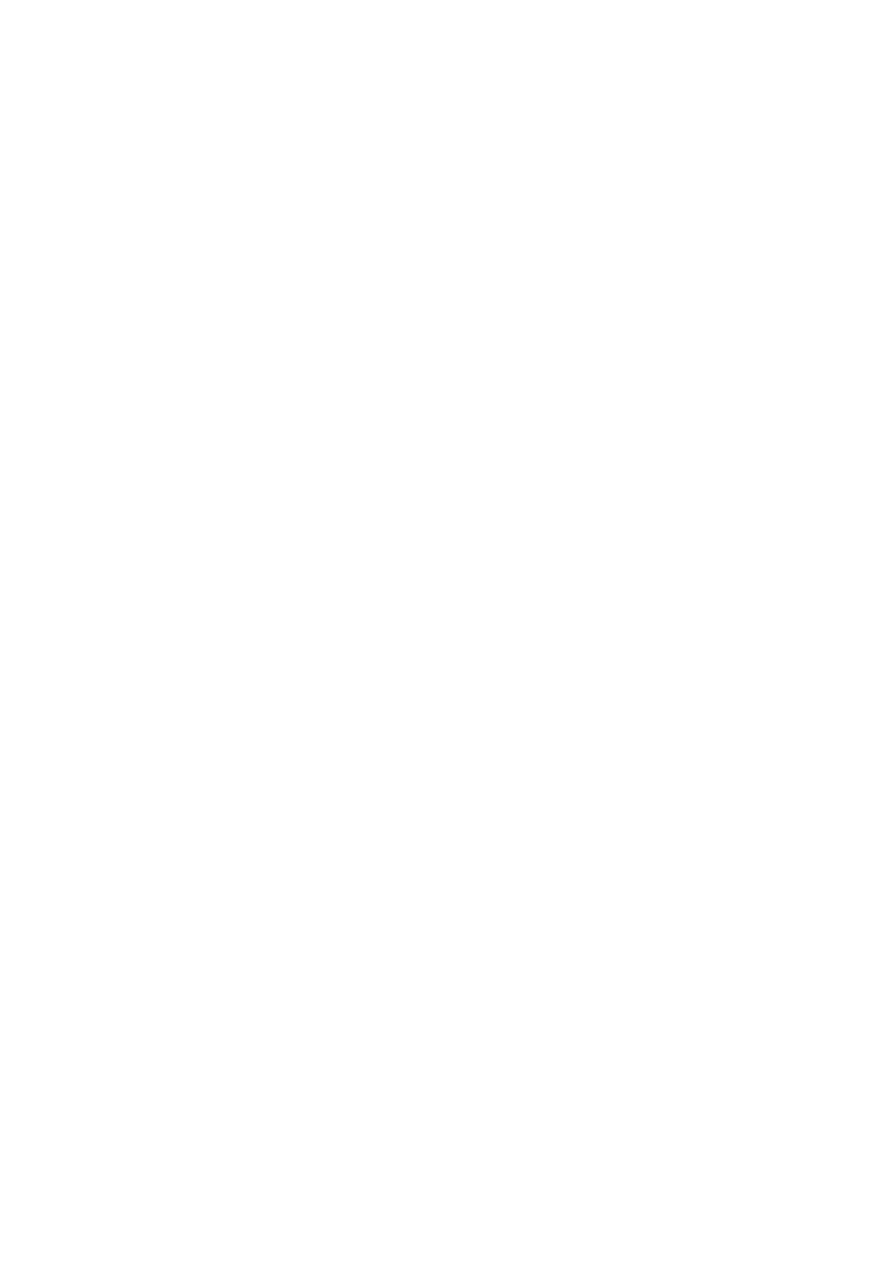
36
Stigma:
- It is visible bodily sign which set a person a part from others as dwarf.
- It is abnormal personal characteristic as alcoholism.
- It may be tribal as race, nationality and religion.
* Stigmatized person is different from others, and often in some way inferior or
unacceptable.
* Stigma is culturally defined, epileptic fits are seen as prestigious signs of religious
possession, rather than medical conditions, this is run for centuries in Europe.
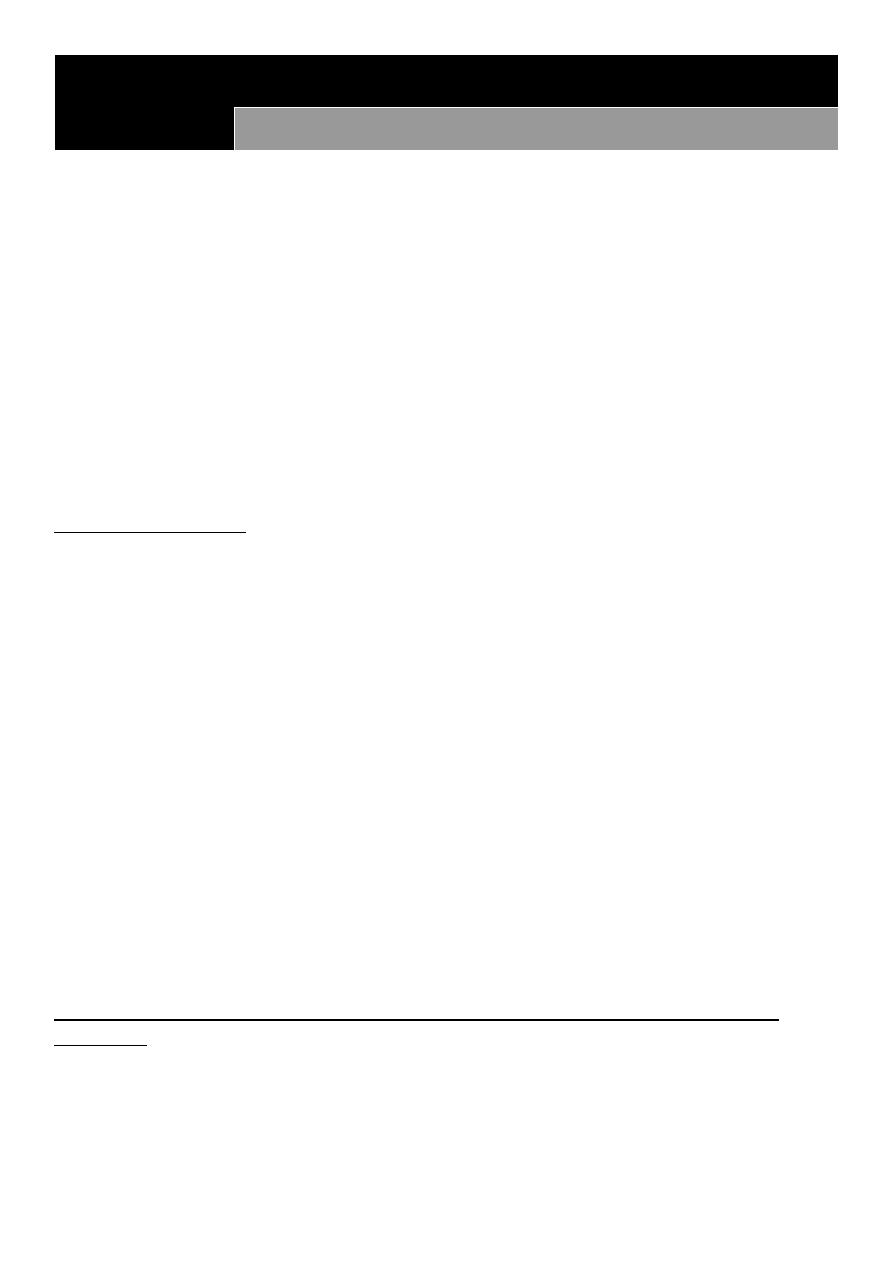
37
Lec:8
Community medicine
Hospital Sociology
Social structure of a hospital:
- Hospitals are among the most complex organizations in modern society.
- Hospitals are dynamic organization( not static) , change according to change in the
community.
- In the past ( before100 years ago), hospitals were more nearly a place of refuge for the
sick and homeless rather than a place for medical treatment, It was an institution where
one went to die rather than to be cured, and they were occupied by poor and old people.
- In contrast, hospitals now are concerned with active medical treatment using the latest
medical advances to cure the patients. They are occupied by all classes of people.
* Now there is an increasing demand for higher academic qualifications, and no doctor
today can provide single-handed all the skills and facilities needed for treatment.
Functions of hospitals:
1. Pace for the diagnosis, treatment and rehabilitation of sick people.
2. Teaching either medical or nursing personnel.
3. Areas for medical researches to increase medical knowledge.
4. Are places for employment of huge no. of medical and paramedical persons.
* The hospital today is a system of increasing complexity- it is a hotel and a school, a
laboratory and a stage set for treatment and employment.
The hospital is like a federal system with several departments each having a special system
of its management.
The great challenge is one of coordination between different parts of the hospital, it
requires an administrative machinery to run the hospital smoothly and to avoid conflicts
between administrative and professional staff, because if large portion of a group is
dissatisfied , the whole system of the hospital will break down.
* Each hospital has a " personality" of its own. The nature of the staff relationships will
influence the staff-patient relationships and consequently the outcome of therapy, It is for
this reason there are different atmospheres in different hospitals, some have a good name,
others a bad name.
The democratic ideal has certainly not yet been achieved in medicine because of the
followings:
1. The structure of the wards, semi-private and private rooms in hospitals is an obvious
reflection of class lines.
2. The service of the doctor in his private chamber tends to differ from that given in a
public chamber, not only in time spent for examination but in interpersonal attitudes.
3. Bureaucratic authority still the characteristic feature of the doctor's communication with
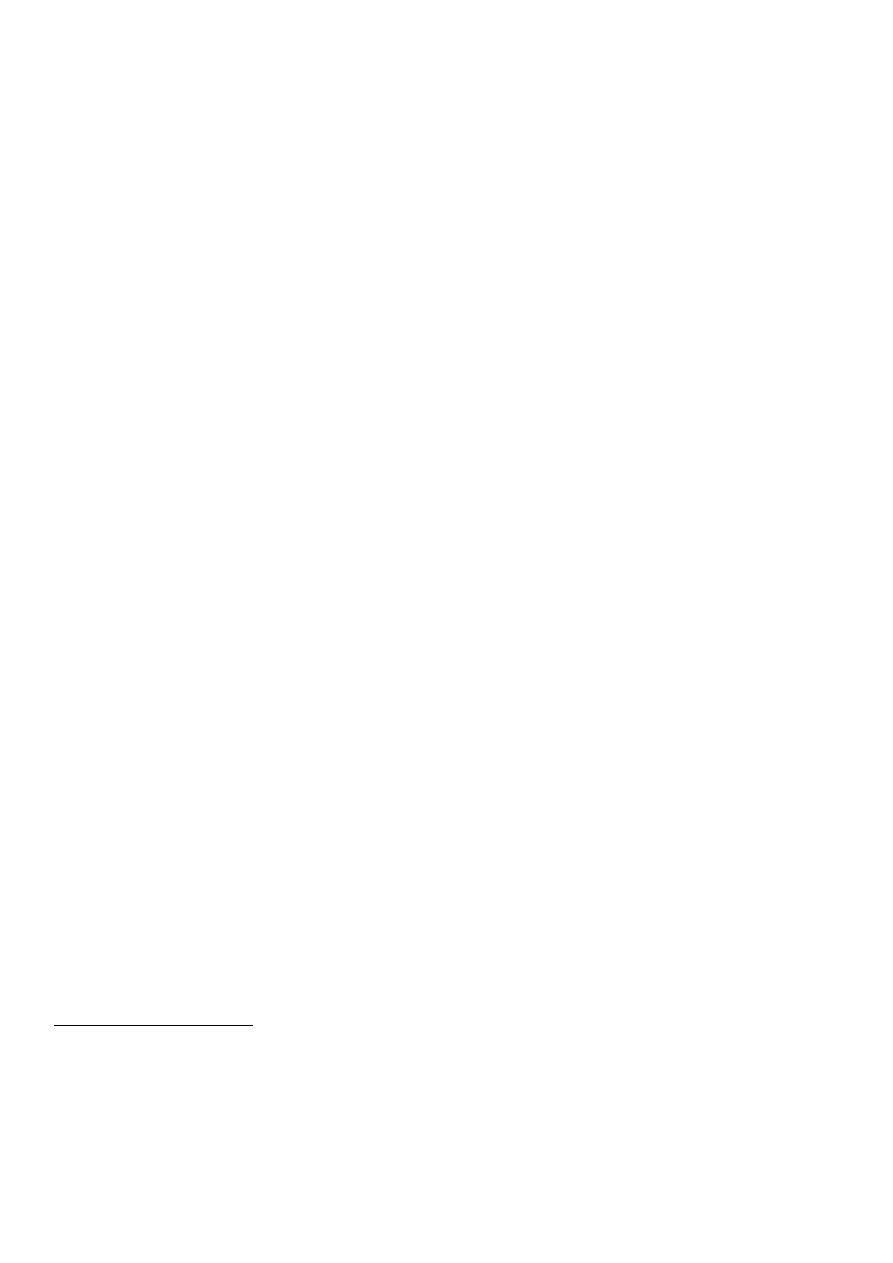
38
patients, doctors, and other medical and paramedical personnel, because there is no
communication skills curricula in medical teaching till now in many medical schools.
Medical profession:
Medical profession like any other occupational group is distinguished by certain
characteristics, and because this profession (medical) is concerned with the health of
human it should be controlled by:
- Professional body which controls the right to practice.
- The license to practice is embodied in the legislation , and is given to those have reached a
level of competence that is considered minimum.
- There must be a State Medical Councils, to control the right to practice, and to determine
certain standards in practice.
- The confidentiality and the right to practice medicine is withdrawn if there is professional
misconduct.
- In summary, the state must control the relationship between medical professionals and
the clients.
Some of the possible conflicts in the medical profession may happen from the rules and
regulations to which they are bound, as e.g. the abolition of private practice by
Government doctors.
Medical care- an Industry?
In the past, the traditional physician was a self-employed small businessman, with many of
the same problems, goals and attitudes as other small businessman. His practice was solo-
practice based on "fee-for service".
Now, significant changes have taken place, in the practice of medicine, The development of
new diagnostic and therapeutic techniques requires not only large capital investment but
also skilled team of personnel.
Sociologically speaking , medical care has the features similar to, big industry.
Specialization:
The vast increase of medical knowledge during the 20th century has contributed to
specialization in medicine. There are at present now not less than 20 recognized specialties
and many more subspecialties. A specialist is defined as " one who learns more about less
and less" he is concerned with one part or organ in the body as opposed to the traditional
practitioner or " family doctor" who is concerned with the " whole person" or even the
family.
The problems here are:
- Specialists do not establish effective and close doctor-patient relationship.
- Specialization encourages jurisdictional disputes between one specialist and another and
between specialist and generalist.
Doctor- patient relationship:
It is one of the important part of Medical knowledge, skills and attitudes that doctor must
has in order to be a good doctor and to provide the best heath services to the patient.

39
Levels of communications:
1. Communication on an emotional plane: The doctor must give a sympathetic ear to the
complaints made by the patient and his relatives and treats the patient as human not as a
case " the uniqueness of every patient".
2. Communication on a cultural plane: The doctor should be aware of the general concepts
of culture and social organization of the community with which he is dealing.
3. Communication on an intellectual plane: The doctor must reduce the social gap between
him and illiterate patients and make the patient talks freely with him.
Doctor- Nurse Relationship:
Medicine and nursing have common goals→ preservation and restoration of health. Yet
their roles in achieving that are different.
Primary role of medicine → diagnosis and treatment ( cure process).
Primary role of nursing → caring, helping, comforting and guiding ( care process).
* Physicians because of authoritarian role tend to be autocratic and look upon the nurse
primarily as their helper, following their orders and carrying out whatever they choose to
delegate. This in a whole → conflicts in nursing duty, and finally lead to that many of
patient's psychological needs persist unidentified and unmet.
The guidelines for good doctor- nurse relationships are:
1. The doctor should regard the nurse as a member of medical team and not like only a
helper for his duty.
2. The doctor should maintain good communication skills with all medical and paramedical
staff in addition to patients.
3. The doctor should take the nurse's notes regarding patient emotion and conditions
seriously in order met patient's psychological needs.
4. The doctor should usually educate the nurse medically as much as possible.
Medical Social Work:
Medical social work has grown into an important field of social work and an integral part of
medicine.
Medical social works uses " case work" as its main technique to find out the social
background of illness, this information helps the doctor in arriving at a social diagnosis,
treating illness and estimating the prognosis.
The purpose of medical social work is to help sick people – individuals by individual . the
person who best can do this is one who had special training in social case work " medical
social worker".
Employments of medical social worker:
1. Hospitals.
2. Tuberculosis clinics.
3. Family planning clinics.
4. Cancers control centers.
5. Mental health centers.
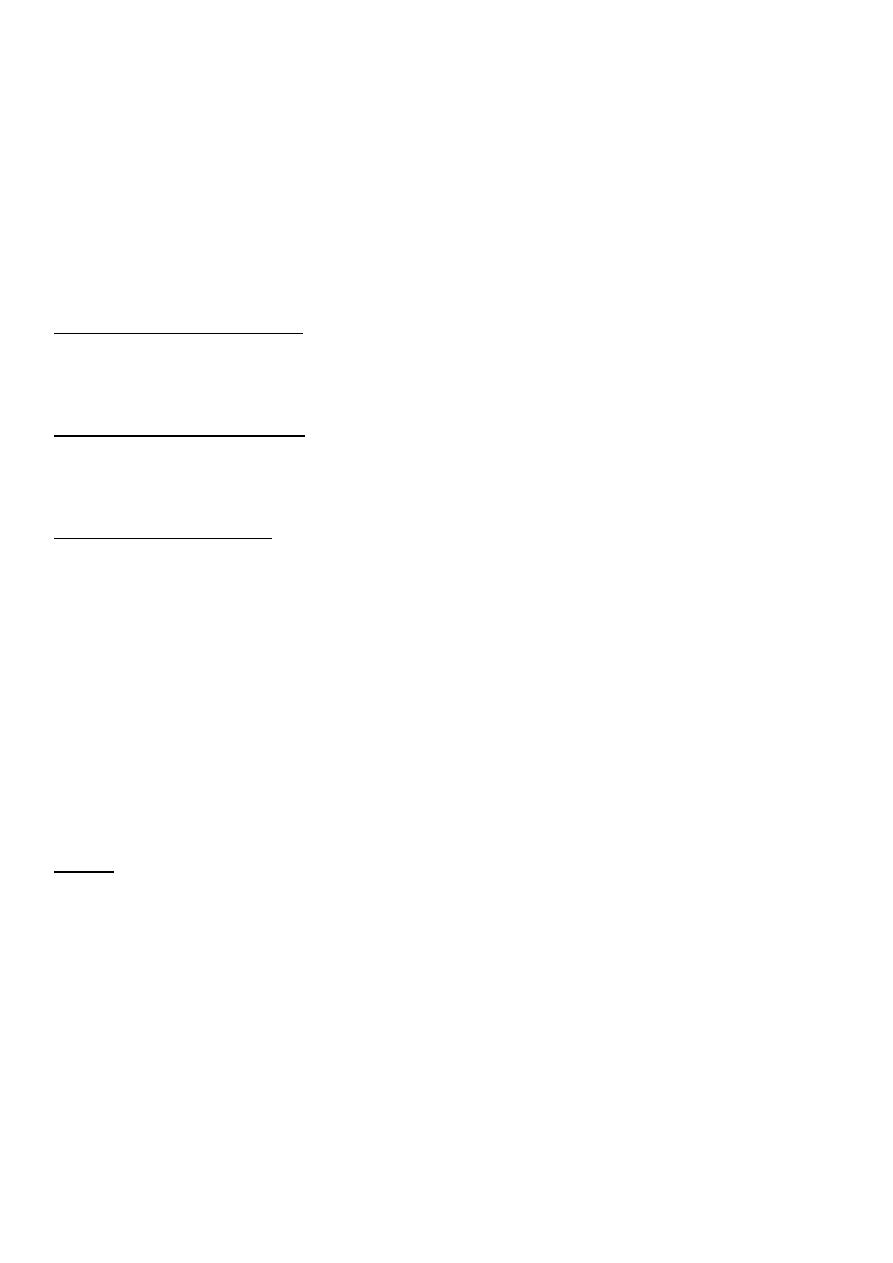
41
6. Maternal and child welfare.
7. School and university health services.
Medical social worker forms a link between medical institutions and the community, visit
the family and search for best solution for patients through their social situations. His
importance as the importance of nurse for the doctors.
From Medical ethics to social ethics:
Along the whole medical history , there are three main stages which represent the
relationship between medicine and humanity:
1. Stage of Hippocrates ideal: At the beginning of human history, physicians treated
patients with the primitive medicine based on humoral physiology but with very effective
communication skills ensuring the uniqueness of the patient and the doctor at that time act
as a servant or barber.
2. Stage of medical advances: begins in early 19th century up to middle of 20th century,
Where medical advances were huge , medical knowledge was not subjected to suggestions,
doctors became highly authorotized over patient, and patients became treated as cases or
even as lab animal.
3. Stage of human rights: begins from middle of 20th century till now, after recognition of
human rights and freedoms, and of individual autonomy. Many medical choices can no
longer be made on the basis of medical science. The patient now can share in medical
decision , even replace his physician if not believe in him. In 1948, The General Assembly of
the United Nations adopted The Universal Declaration of Human Rights.
* Researchers have a particular ethical responsibilities to safeguard the rights of people and
to observe the ethical principles benefits, avoidance of harm and justice.
Consumer Protection Act:
Over the centuries, the medical profession has been accorded respect by the society. Since
last decade or so , increasing commercialization of the profession has eroded this faith. The
patient can now claims the doctor or the health institution in the court for bad treatment.
COPRA is a piece of comprehensive legislation and recognizes 6 rights of the consumer,
namely:
1. Right to safety.
2. Right to be informed.
3. Right to choose.
4. Right to be heard.
5. Right to seek redress.
6. Right to consumer education.
* Although the medical community is fighting against the inclusion of medicine under
COPRA, it is here to stay. The medical profession can not wish it away.
* It is found that by new researches that 90 to 95% medical malpractice claims can be
avoided only by good communication skills with patients even when severe complications
after medical treatment have been made.
